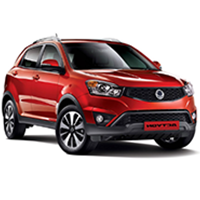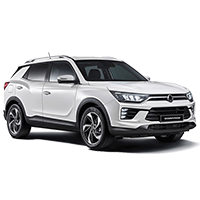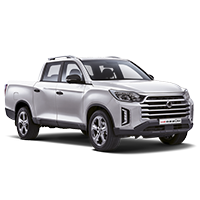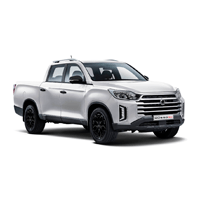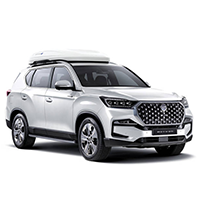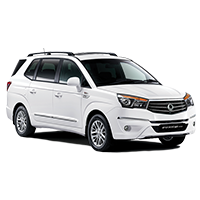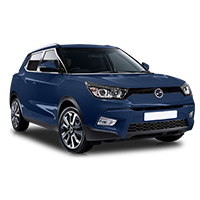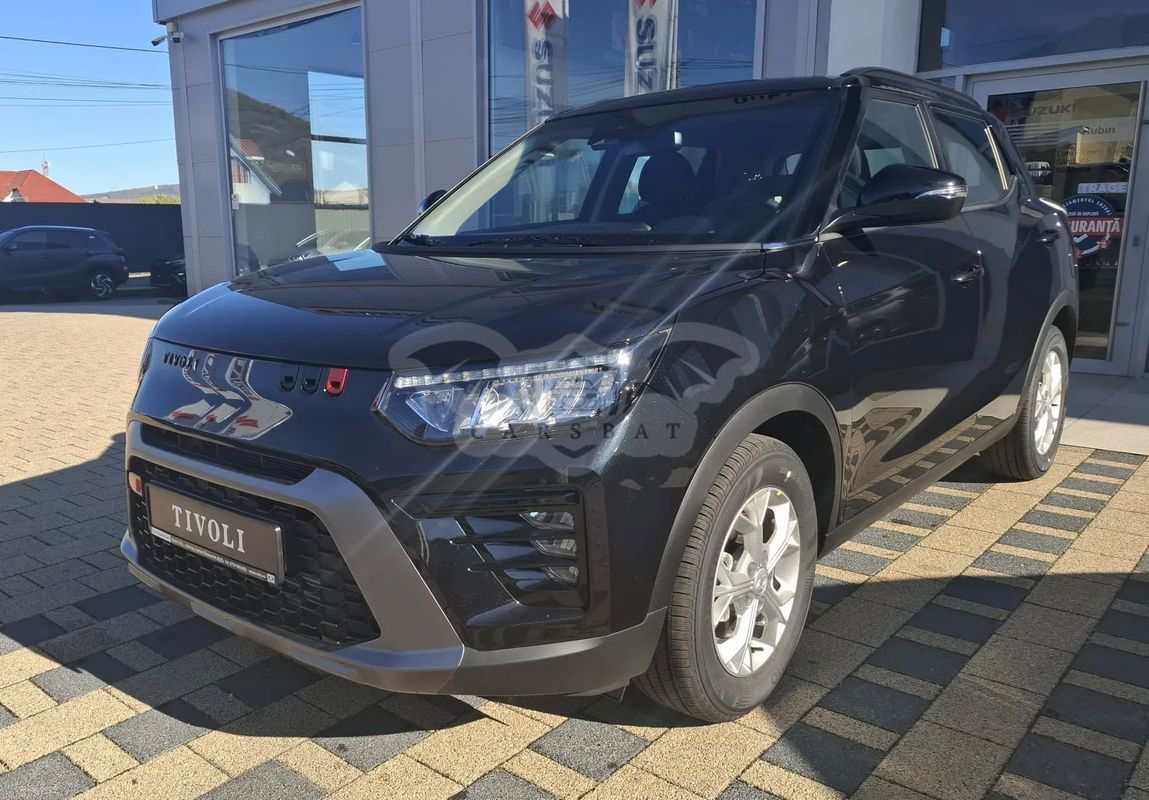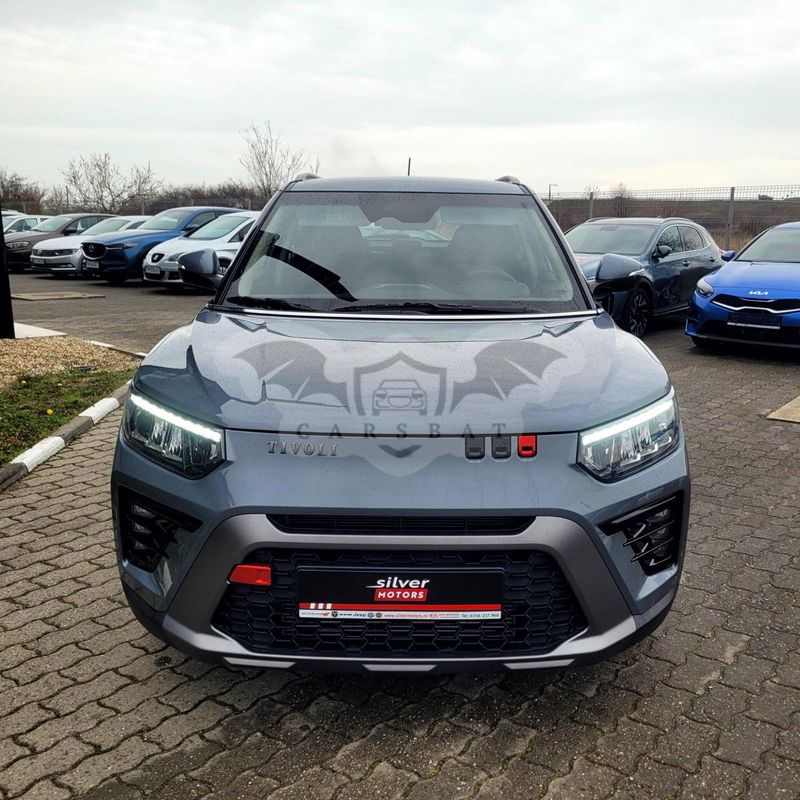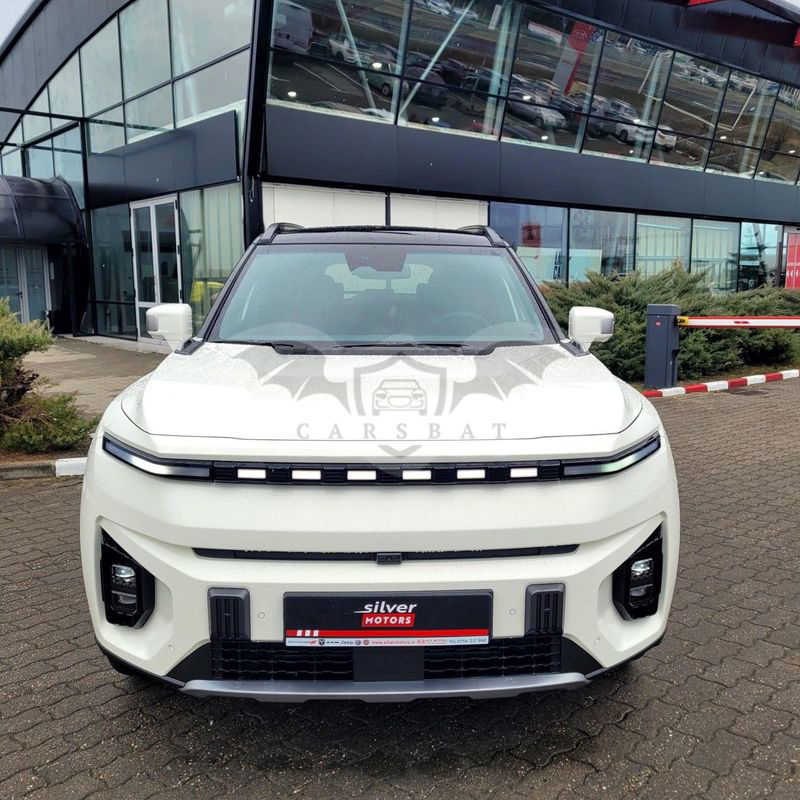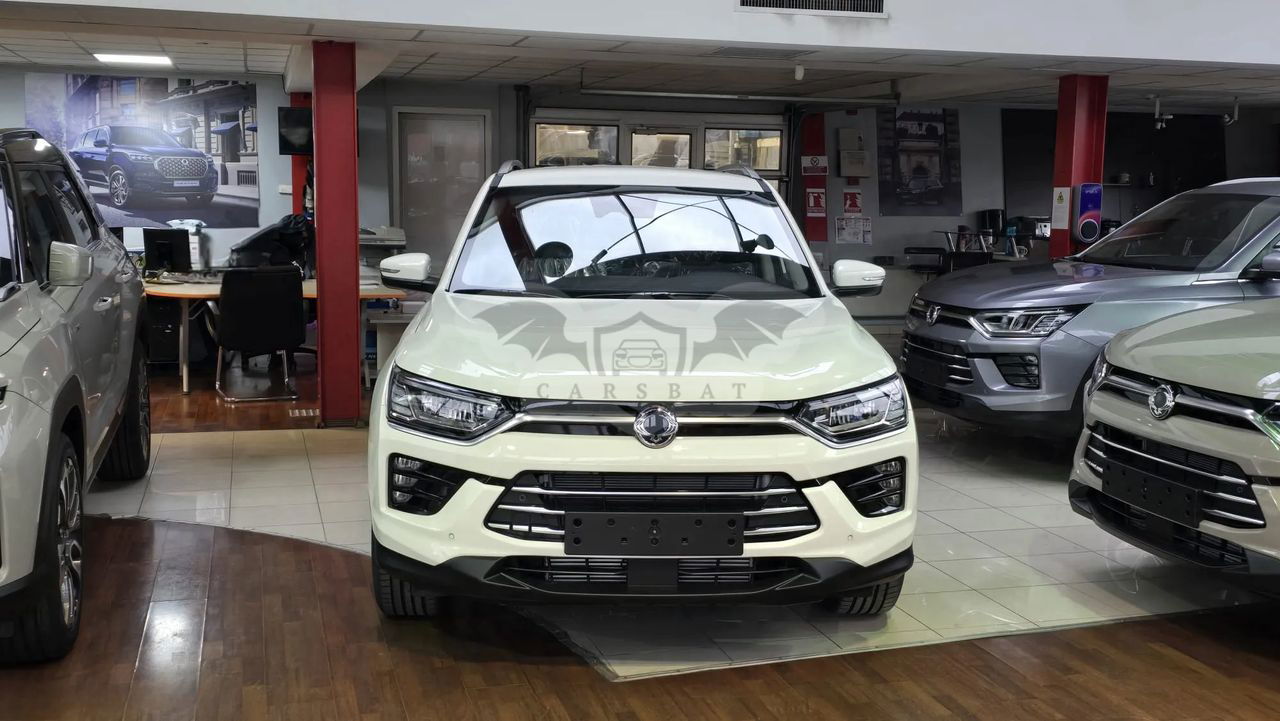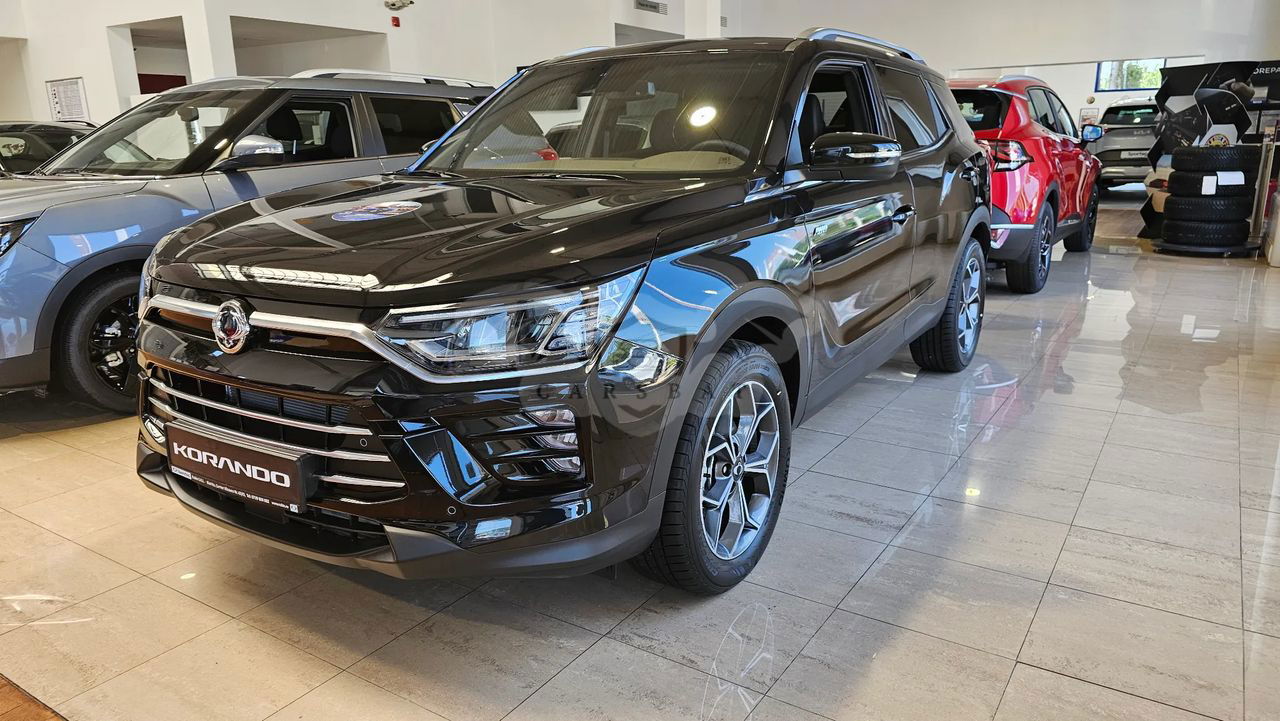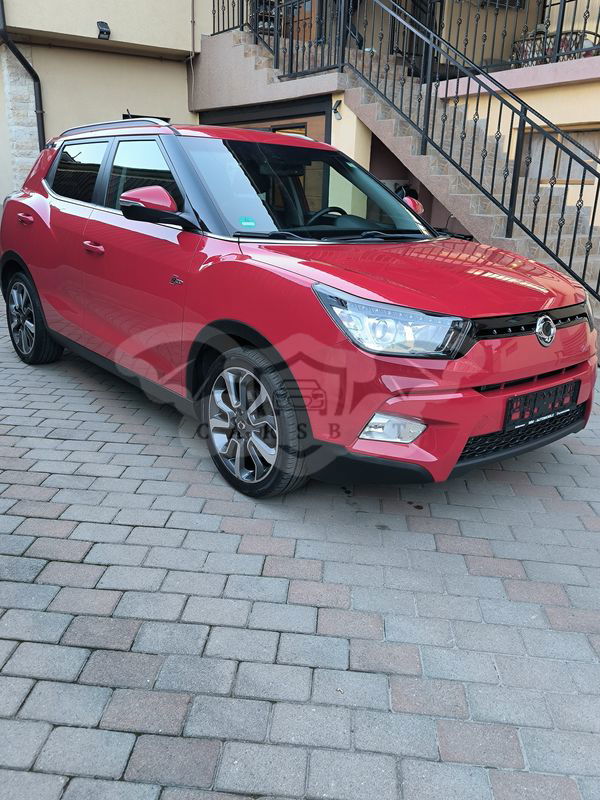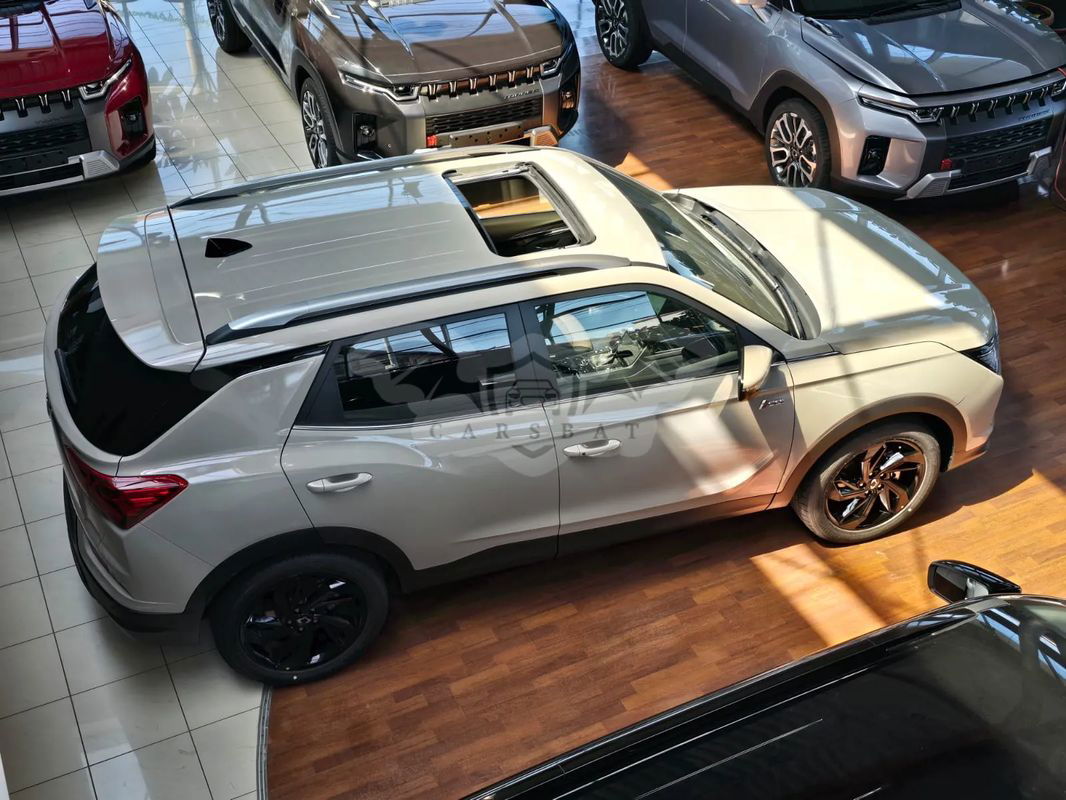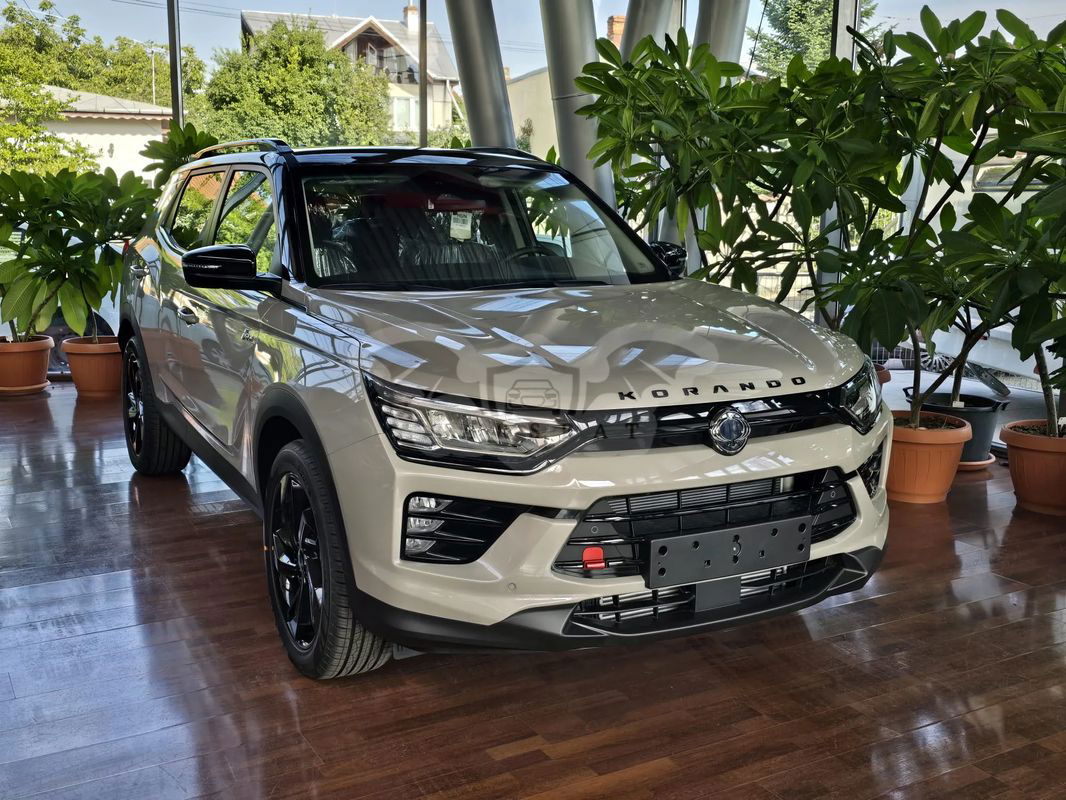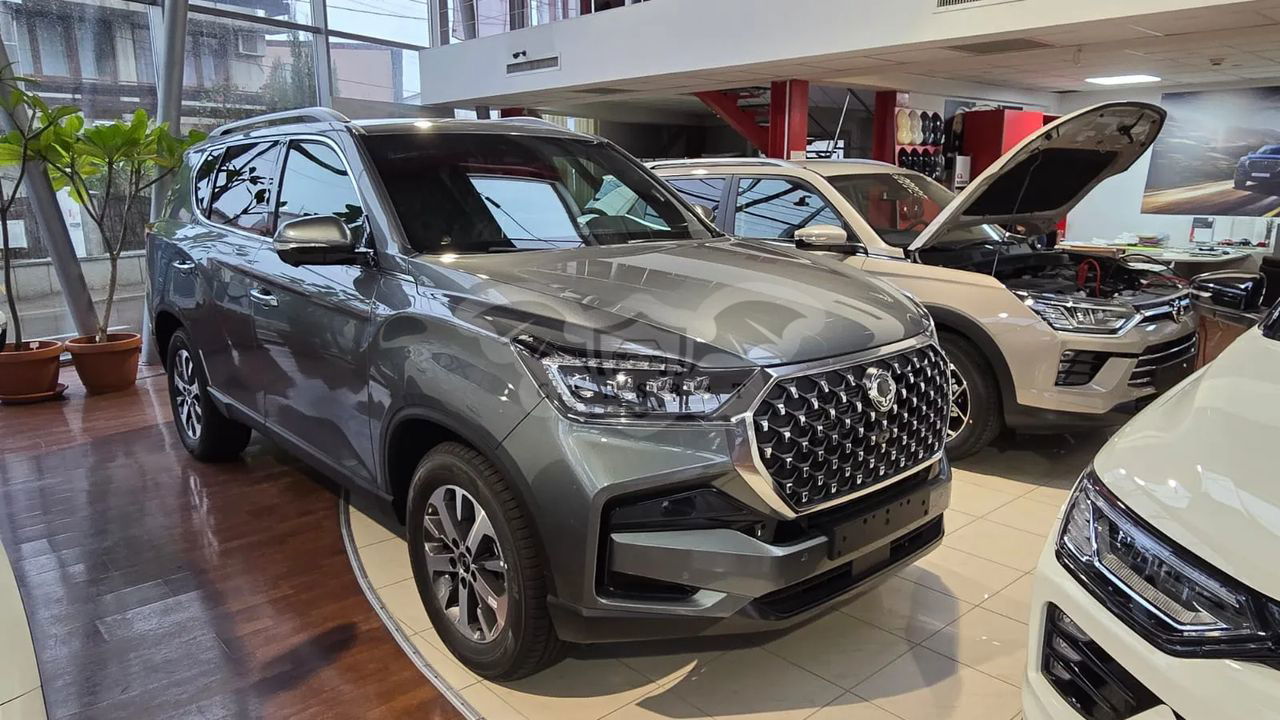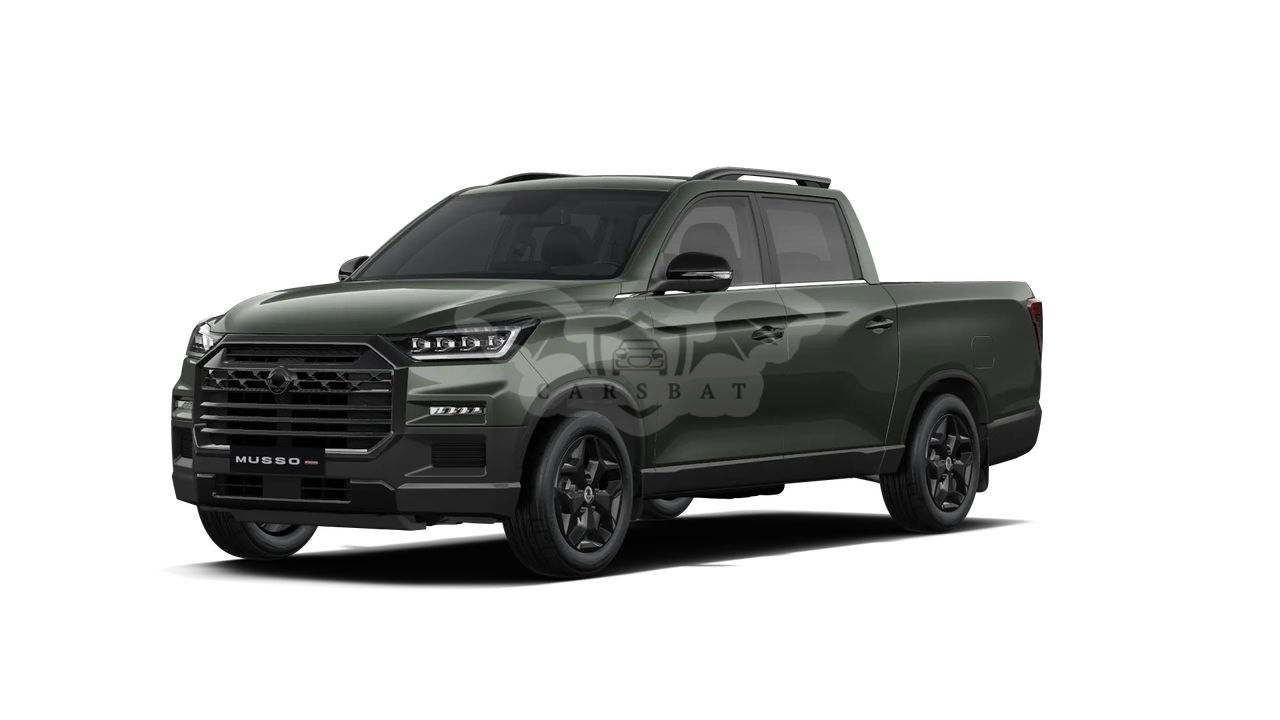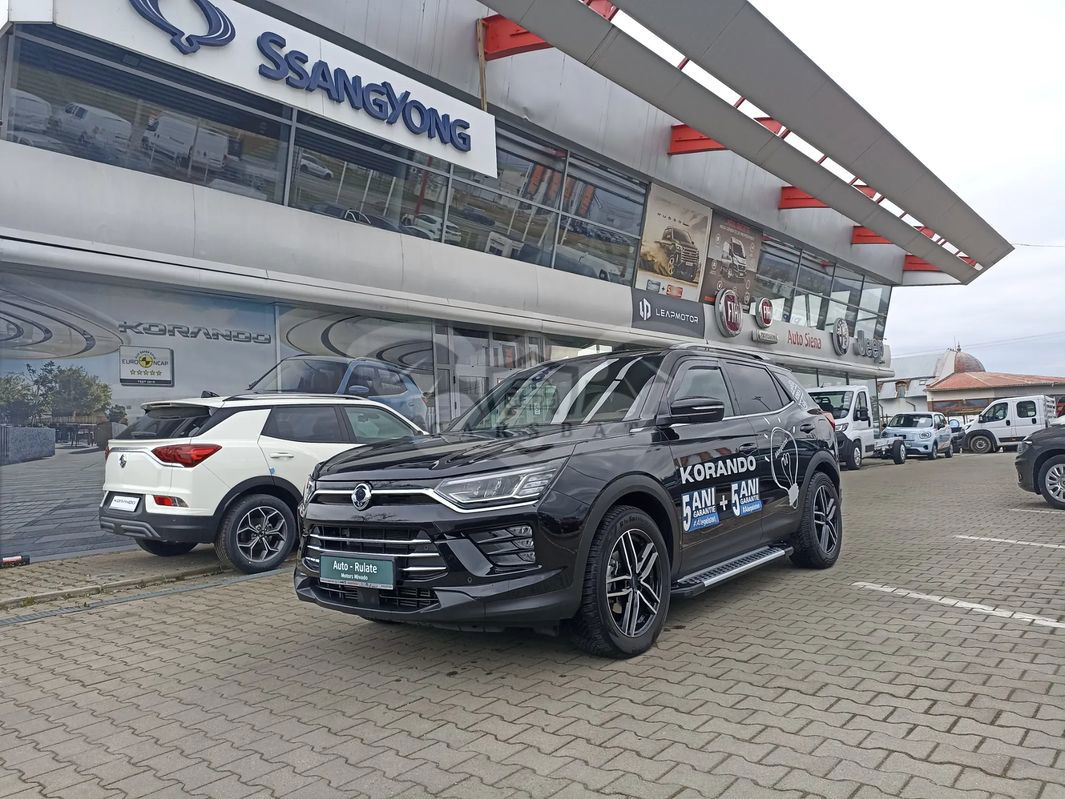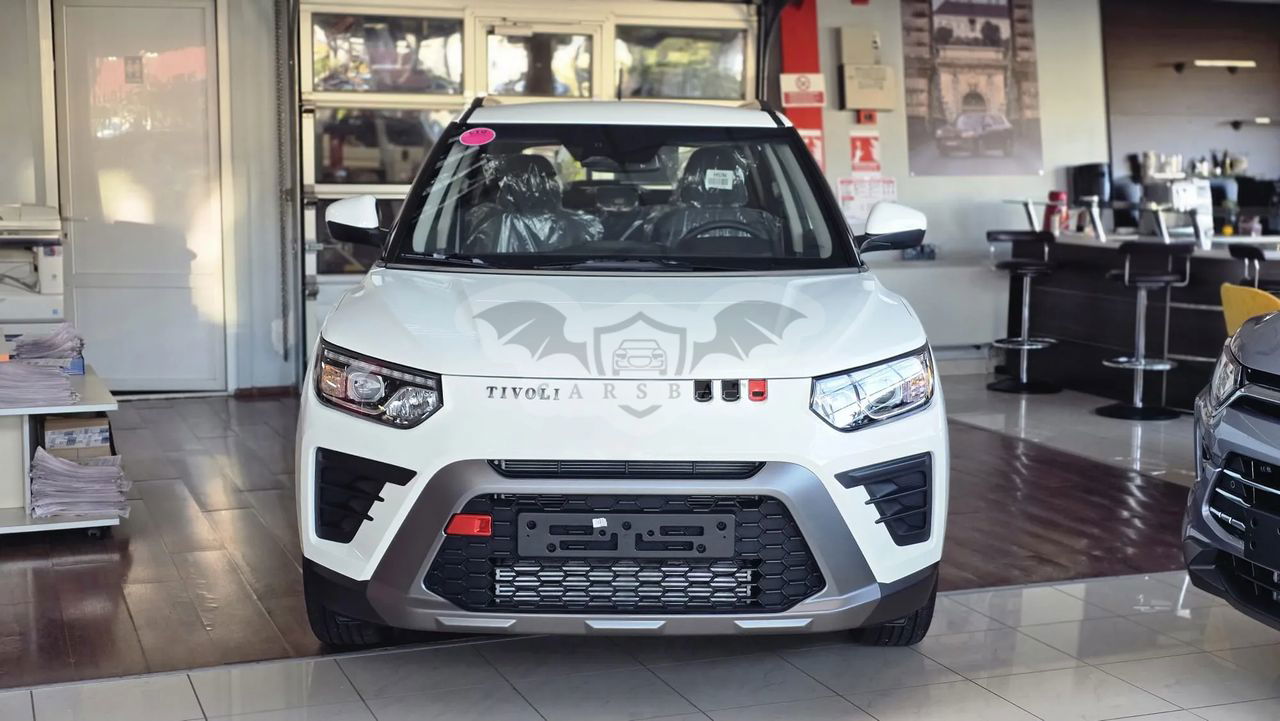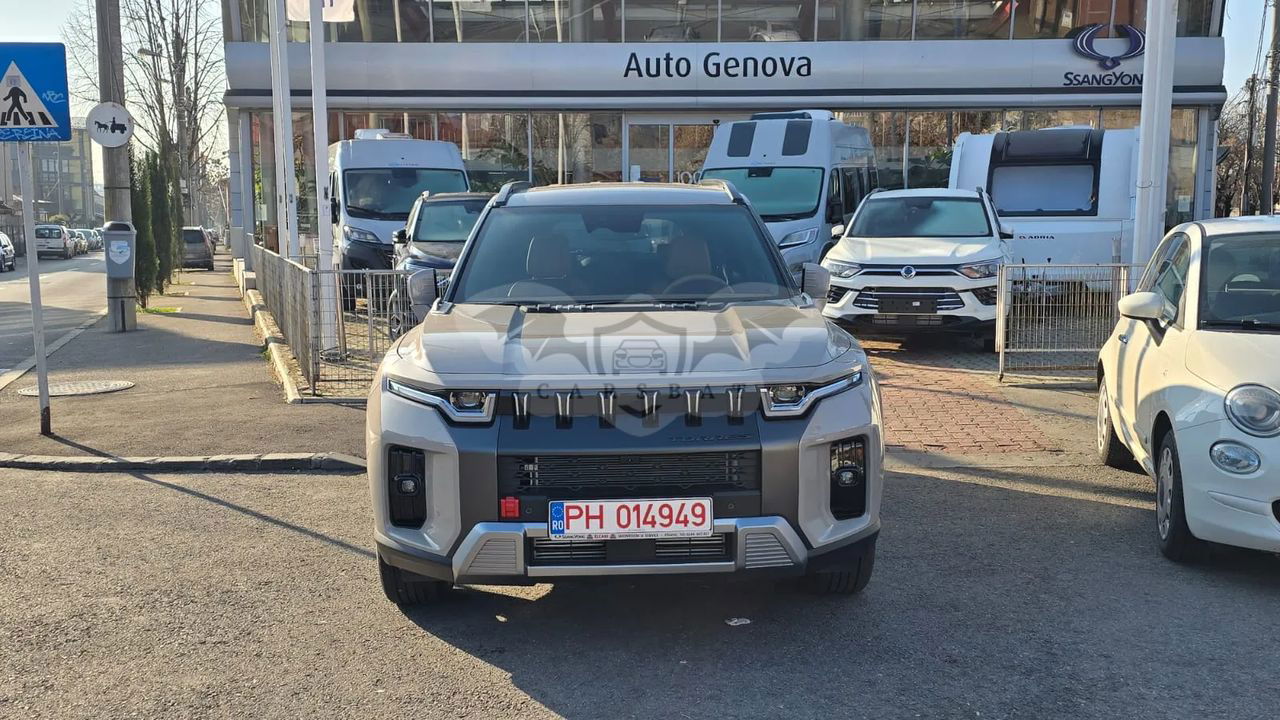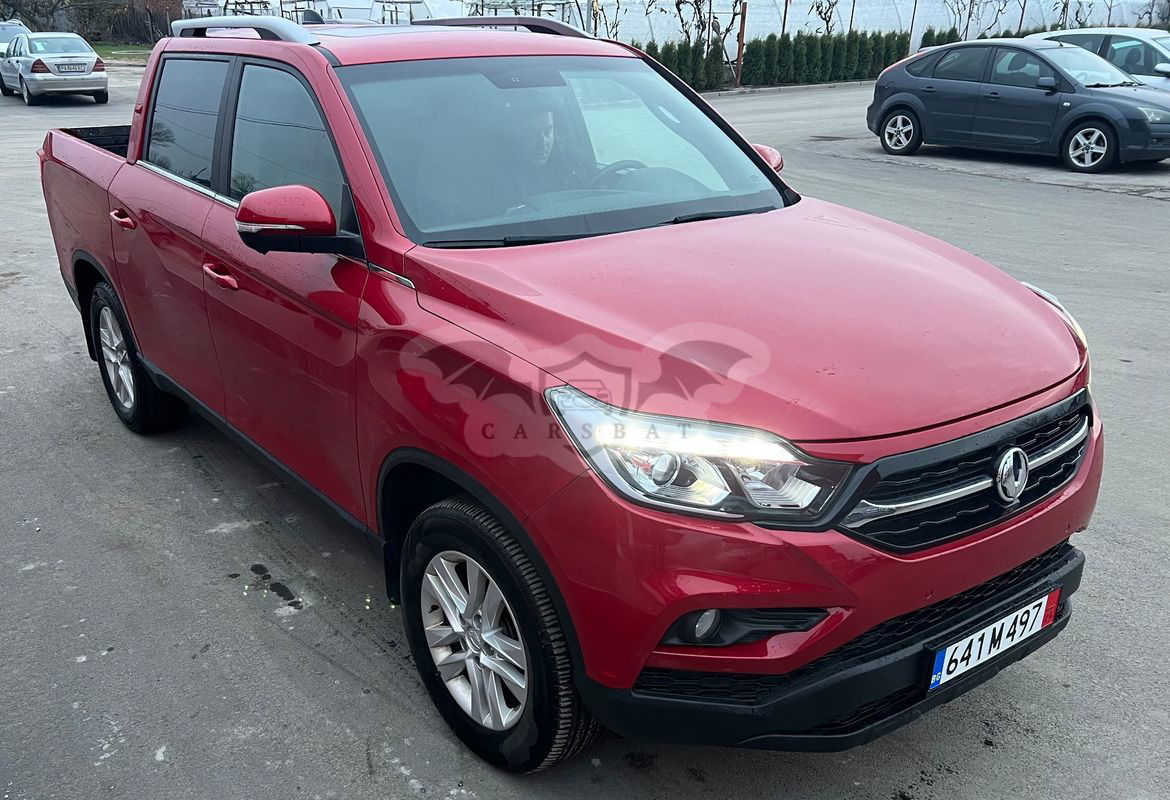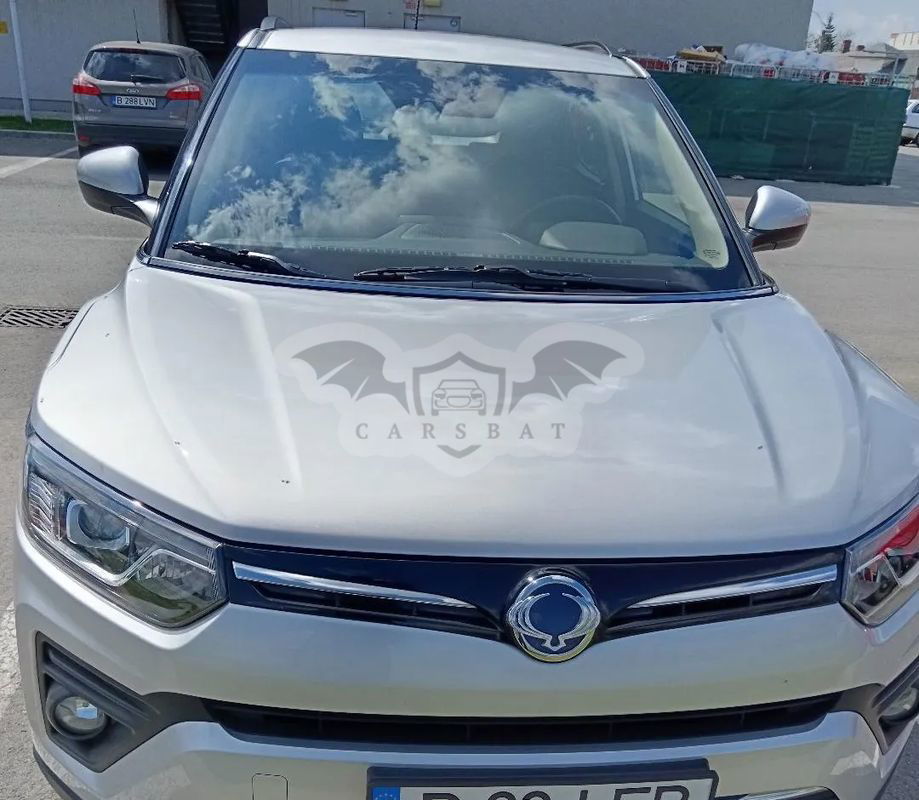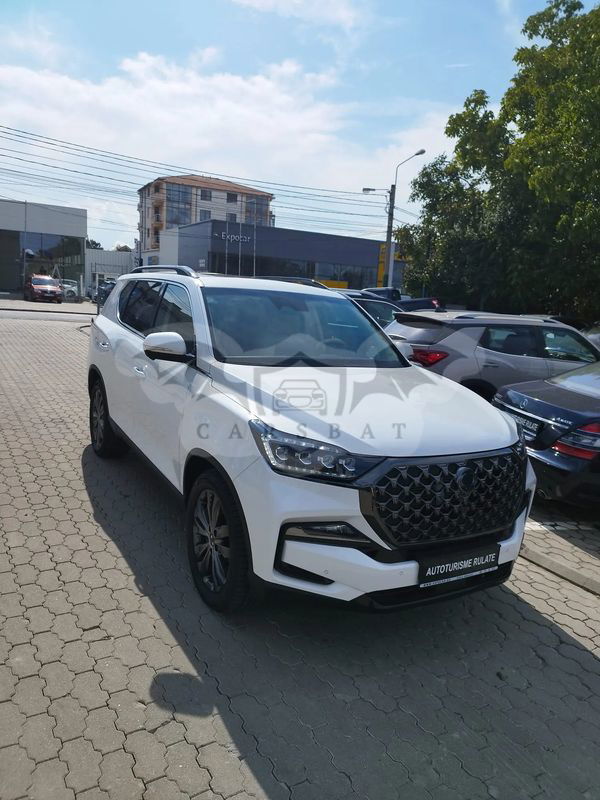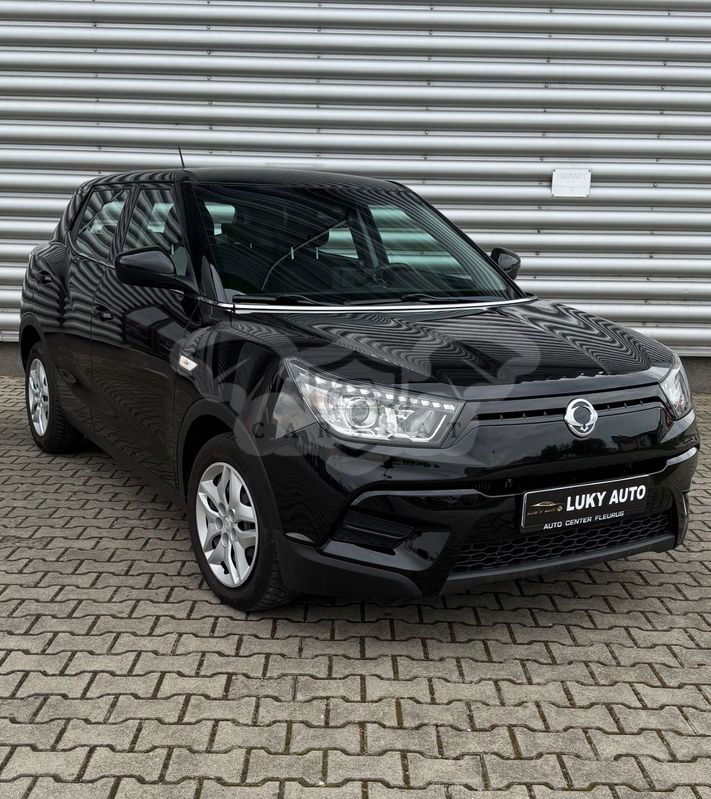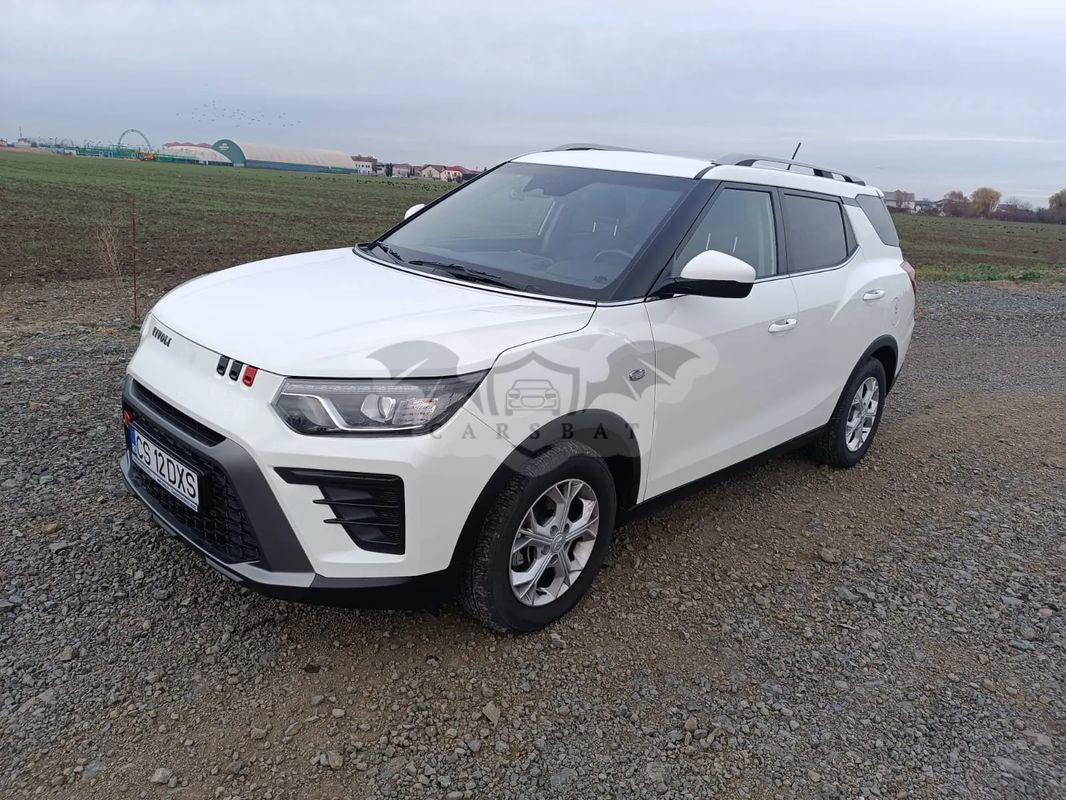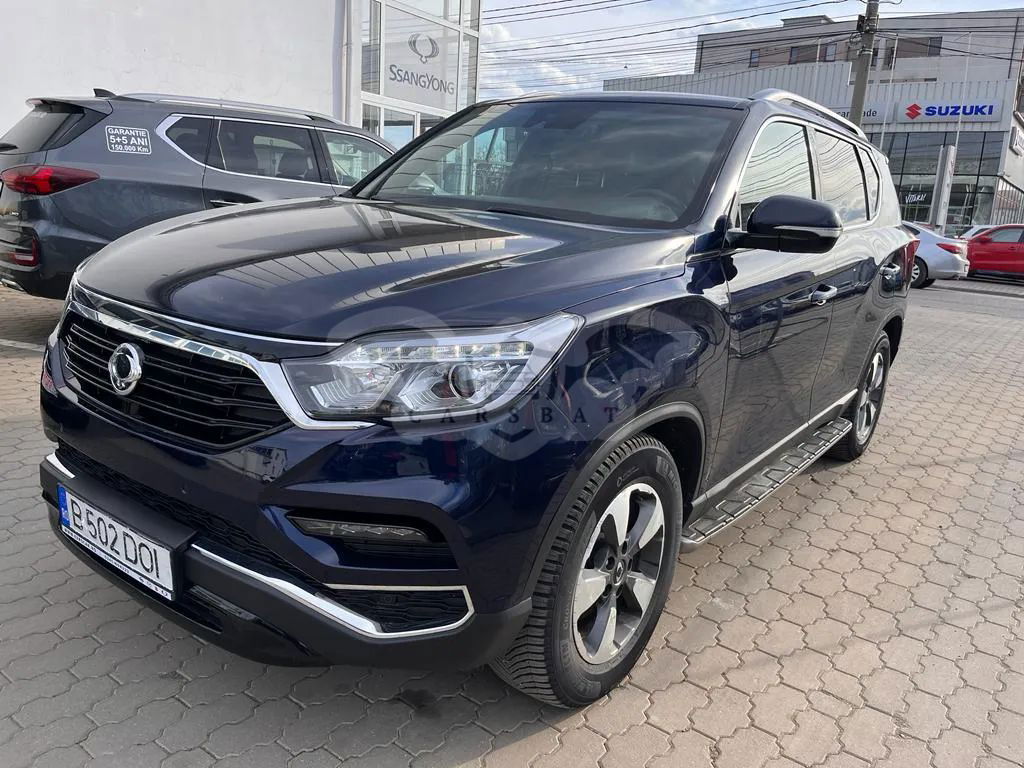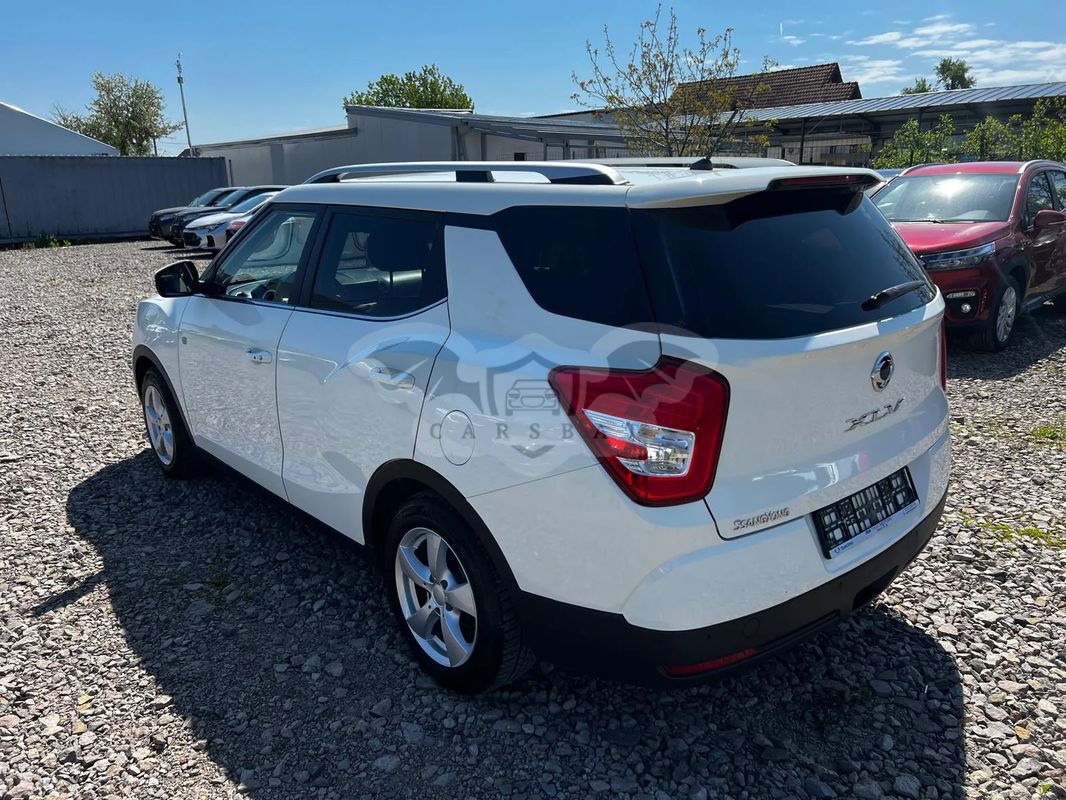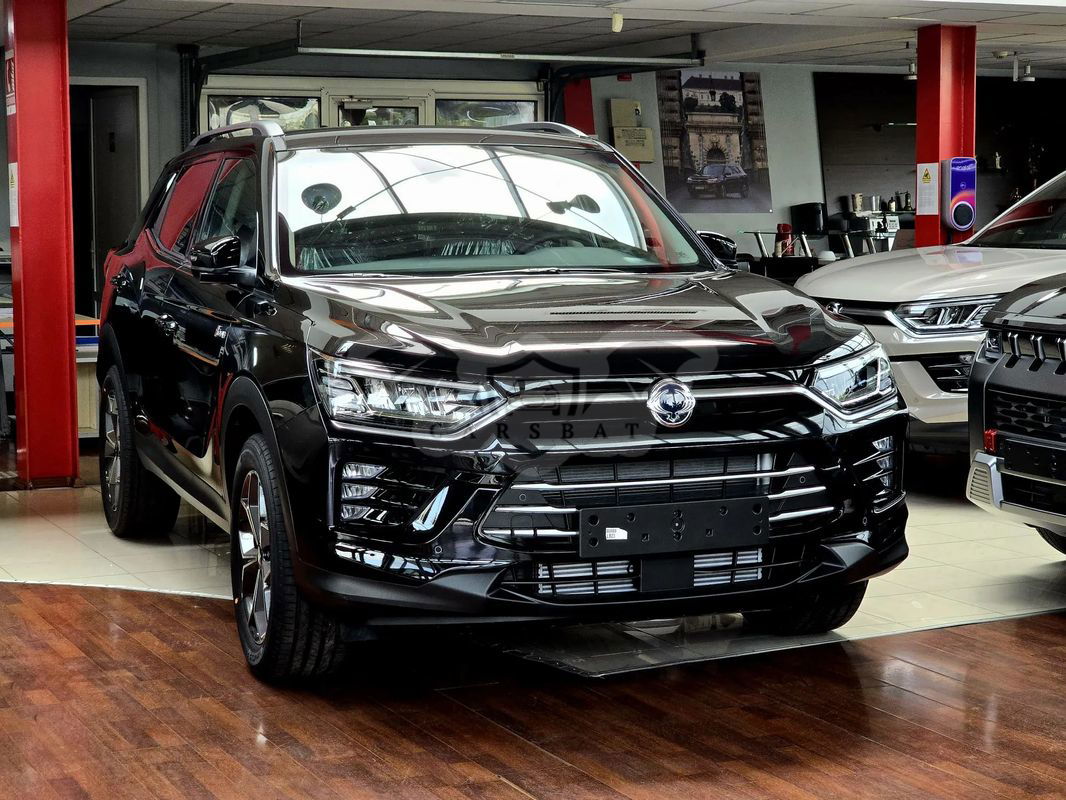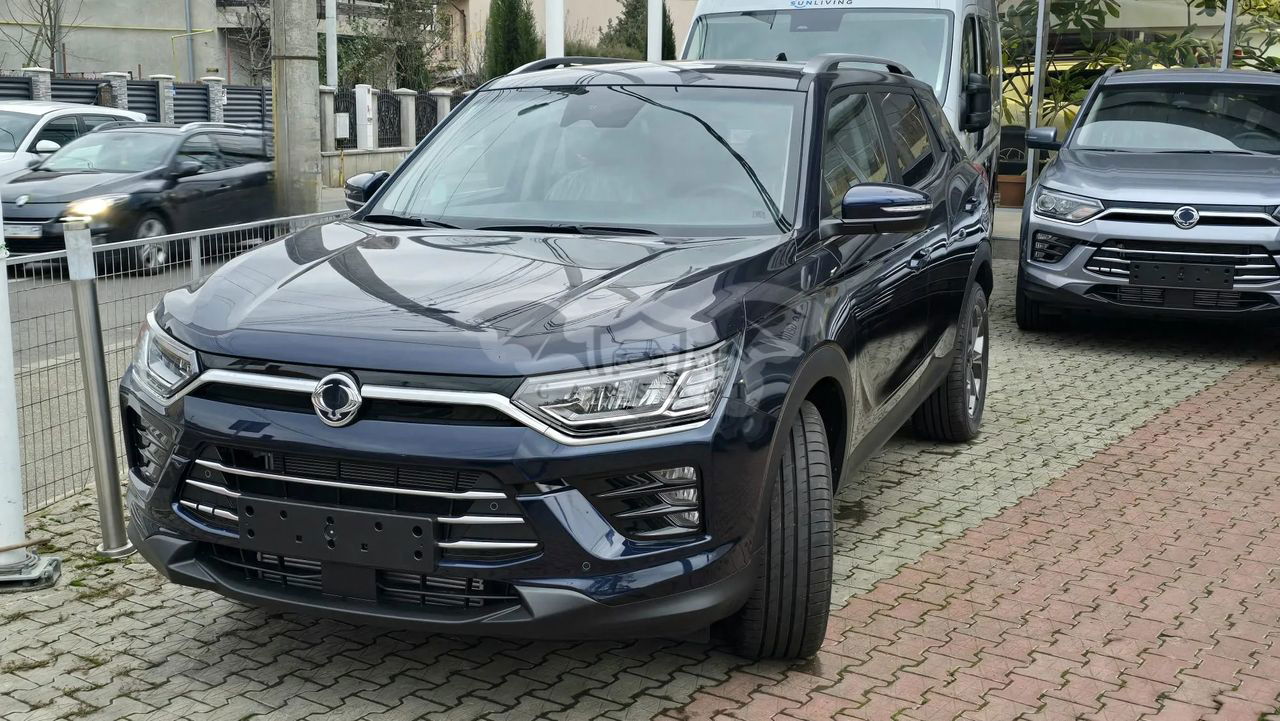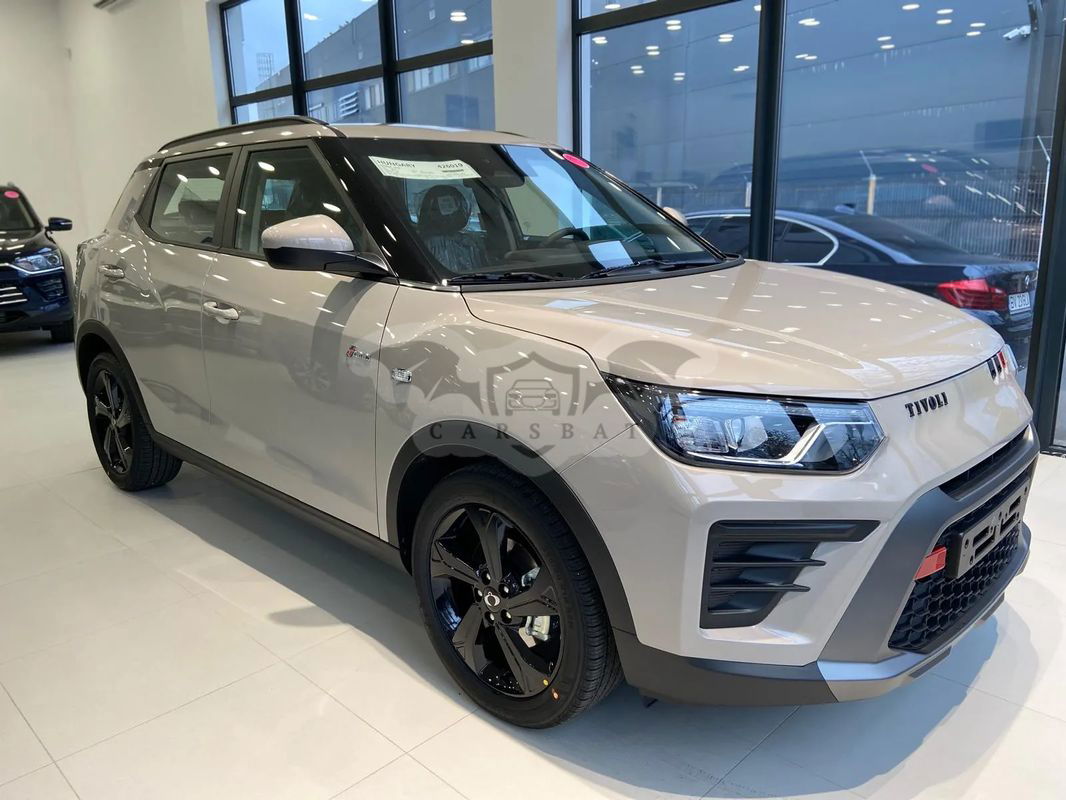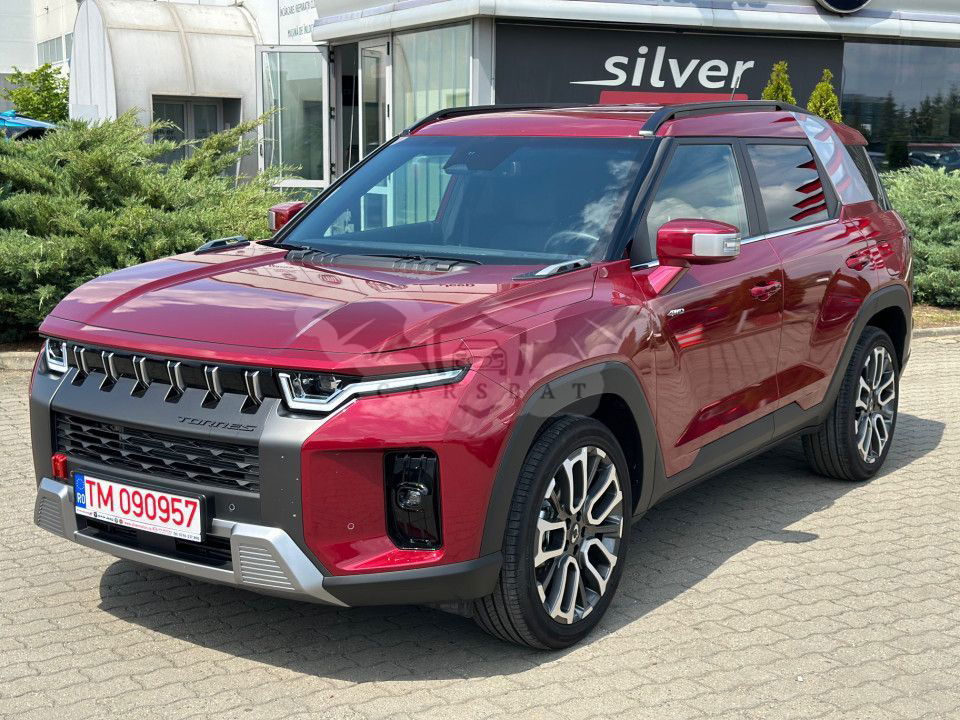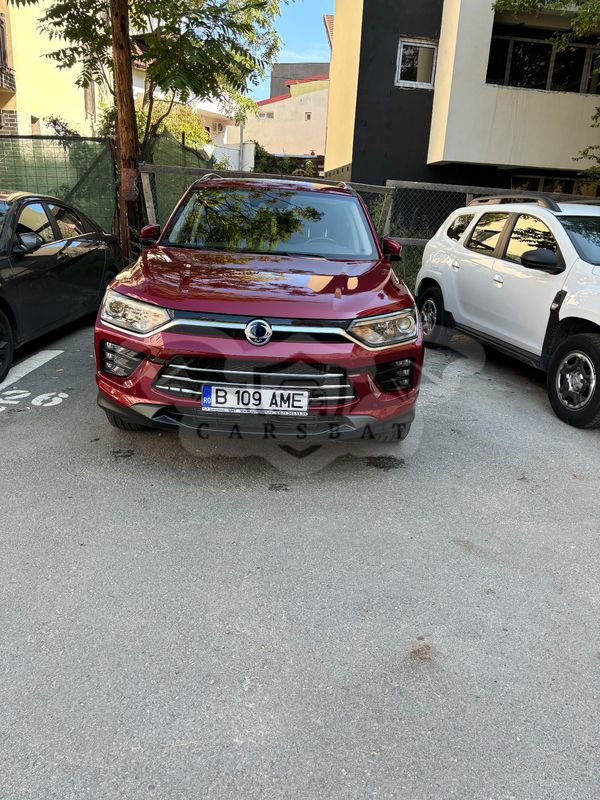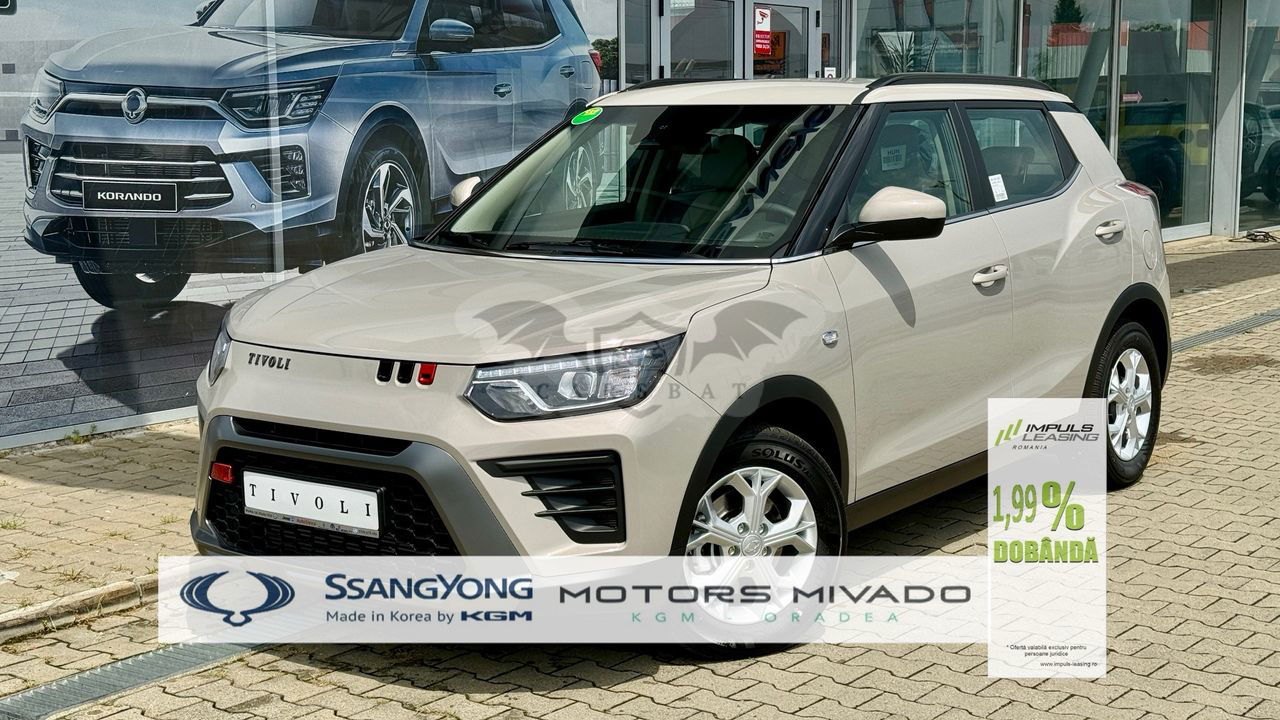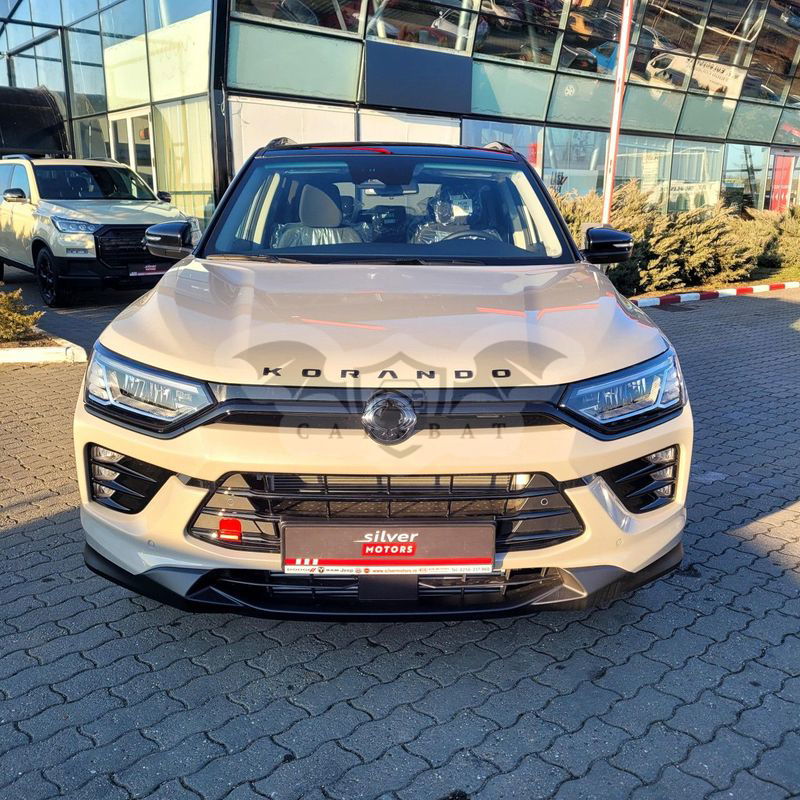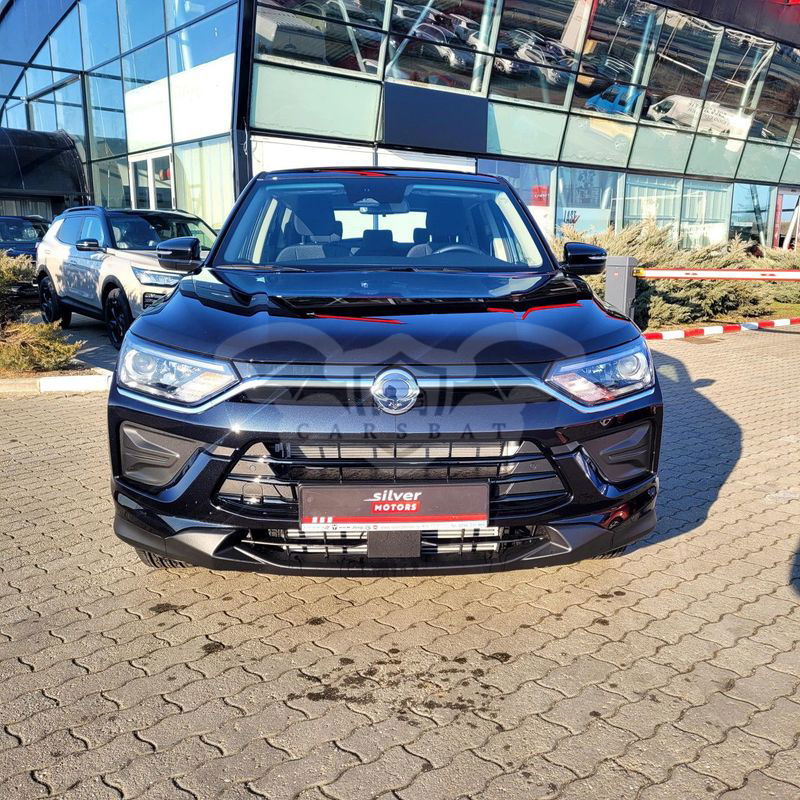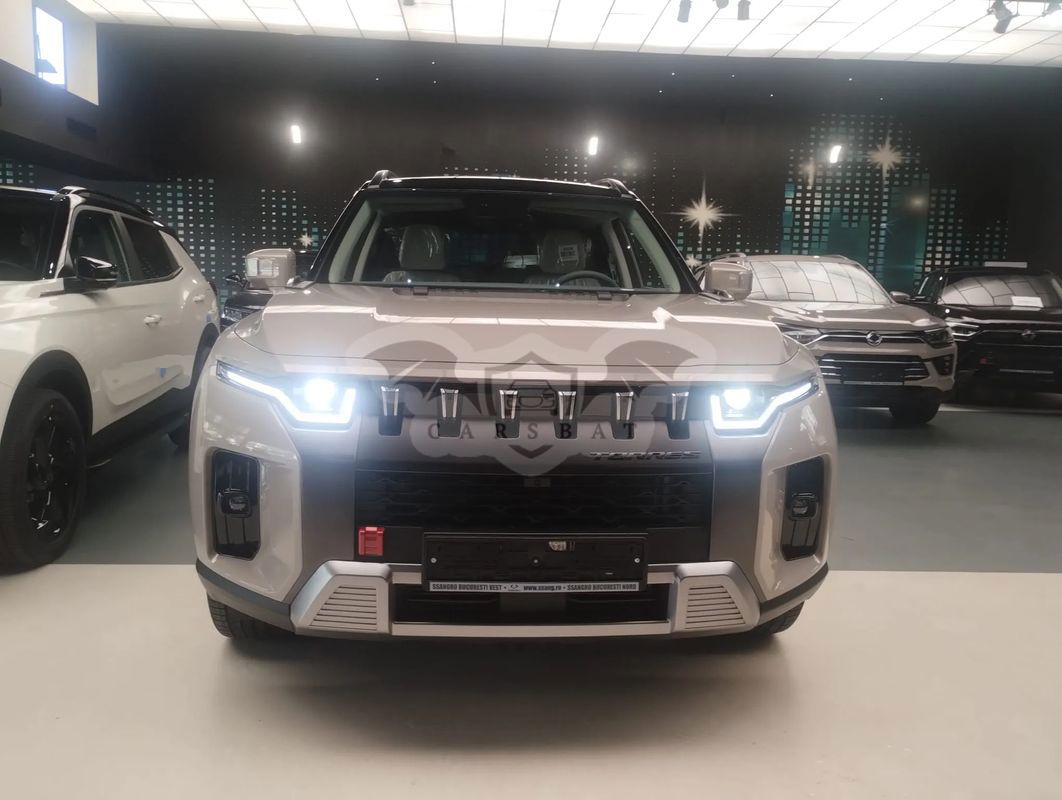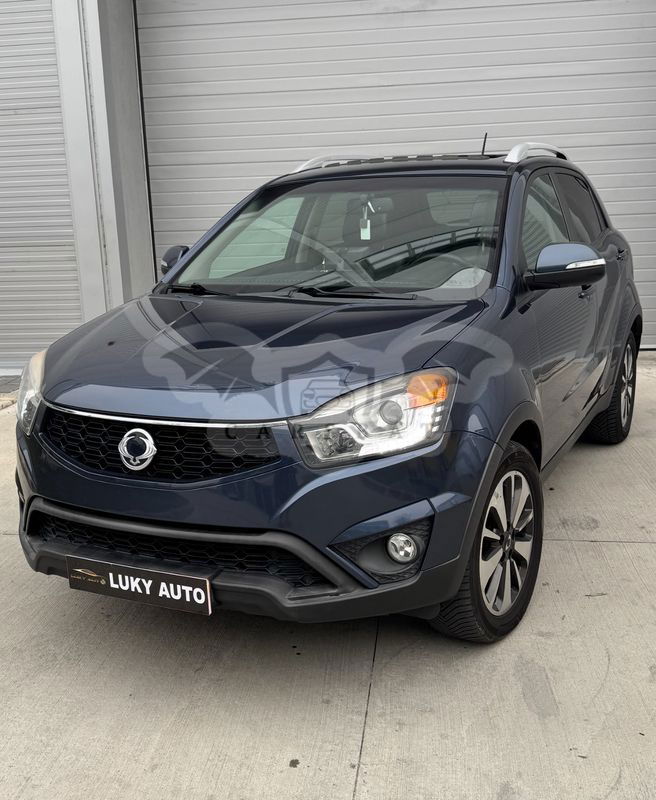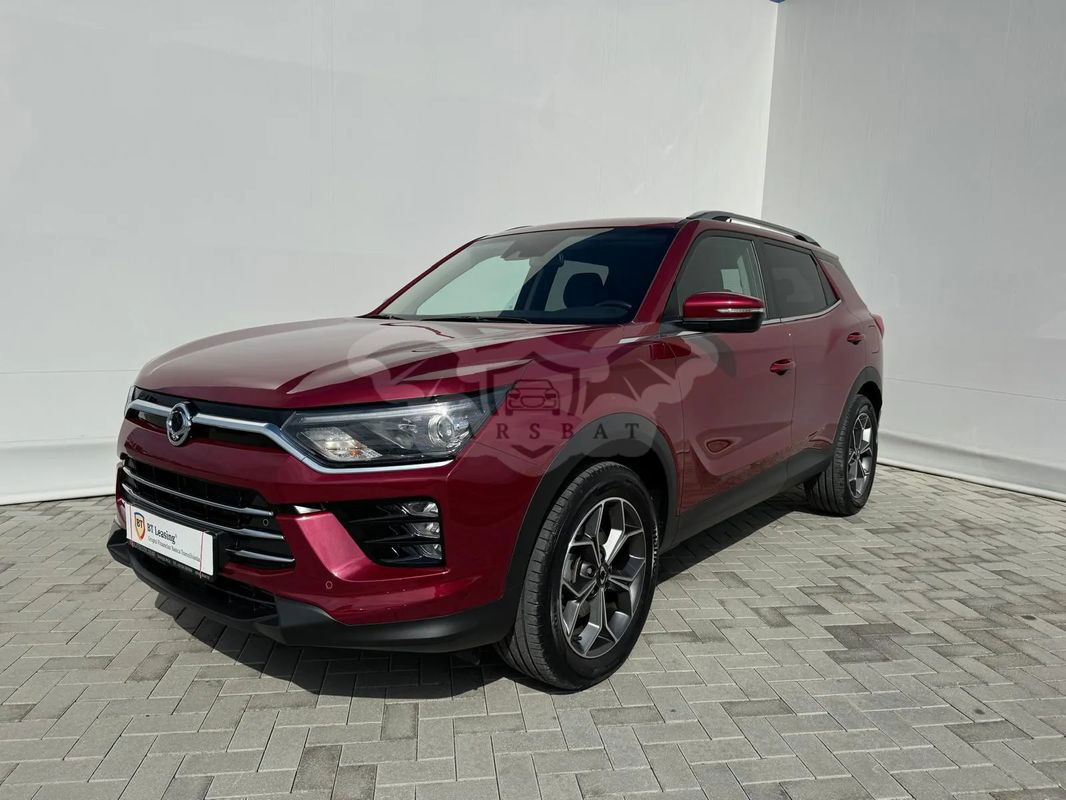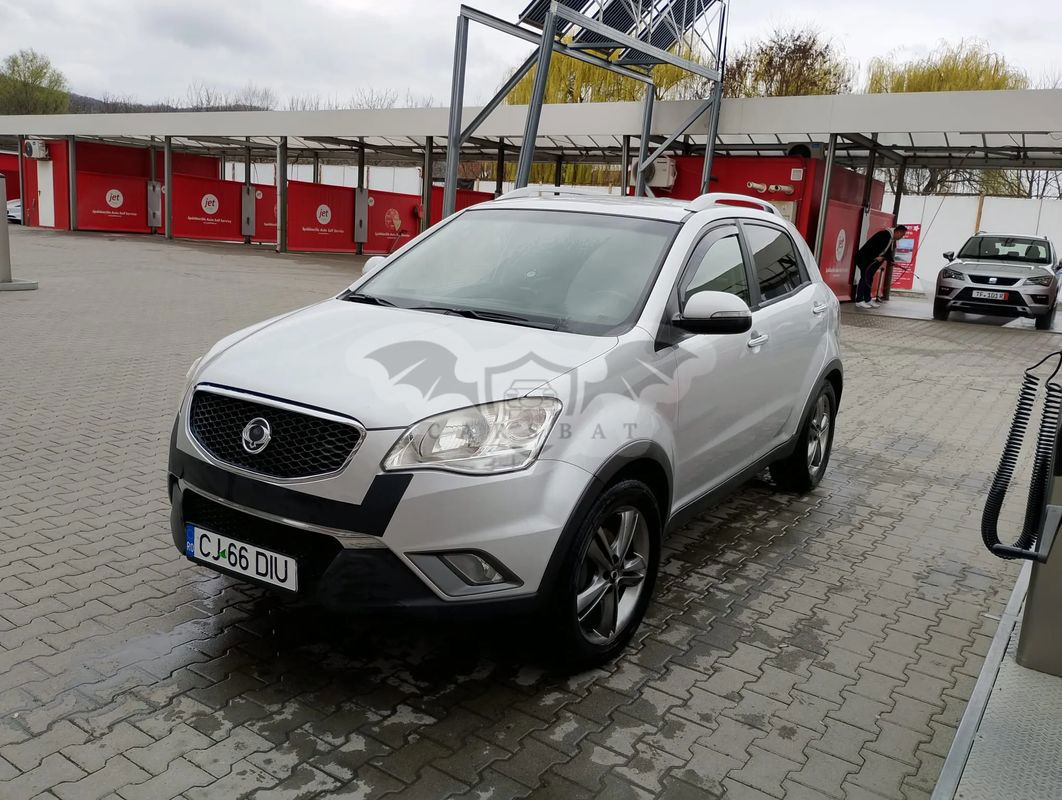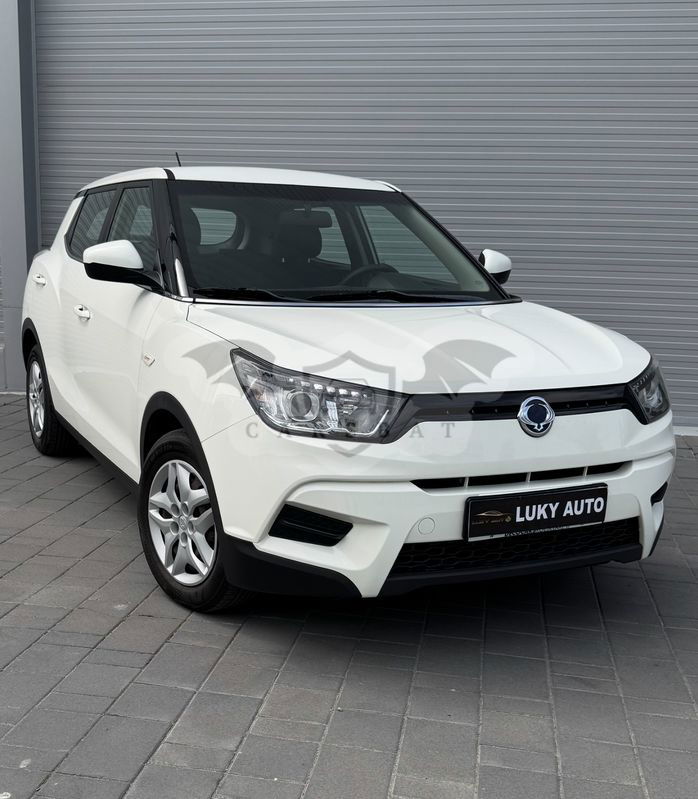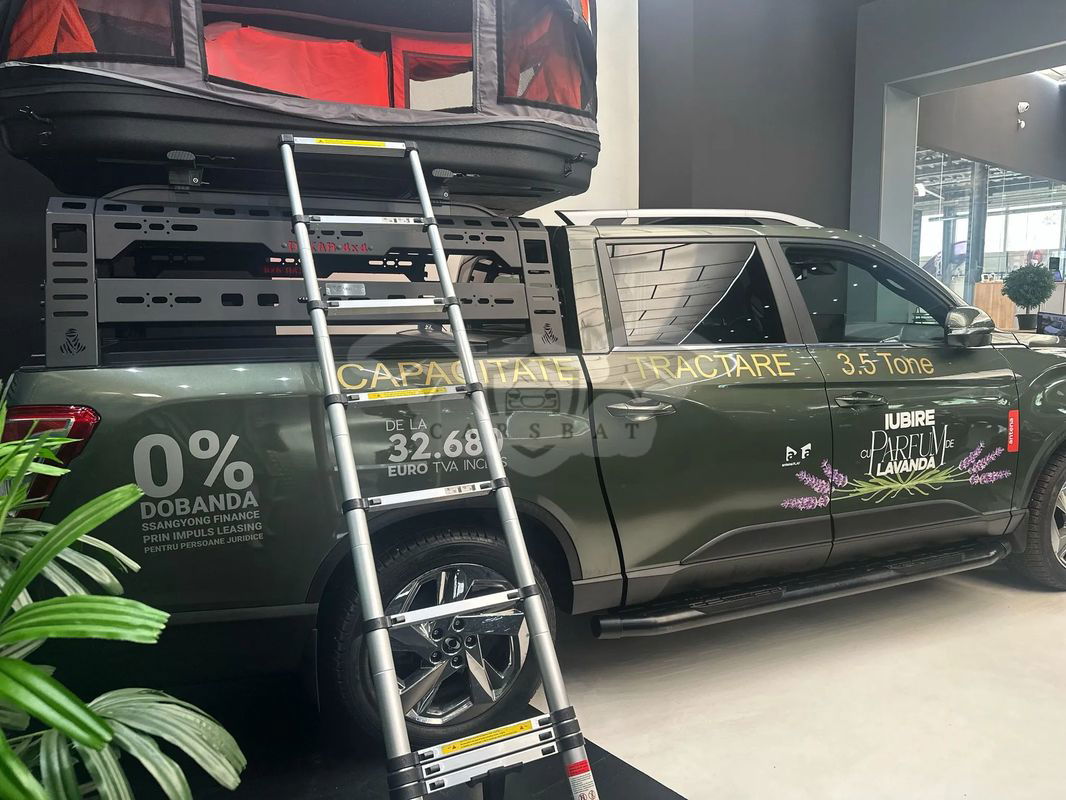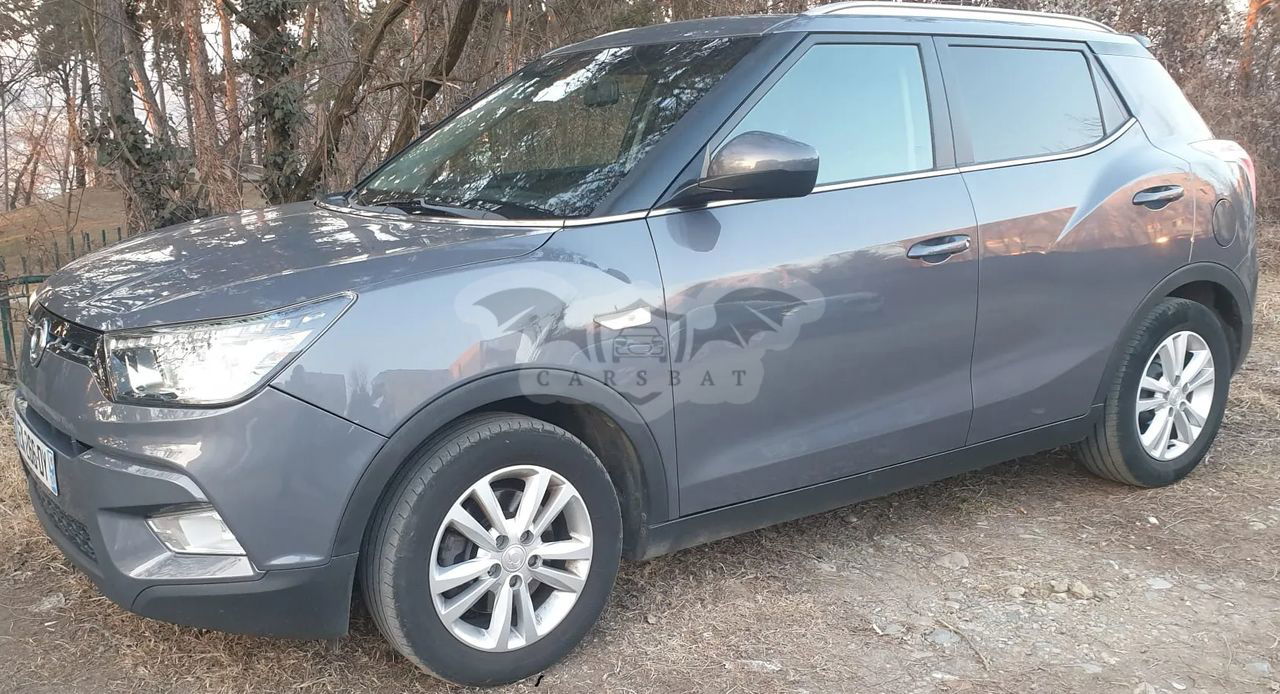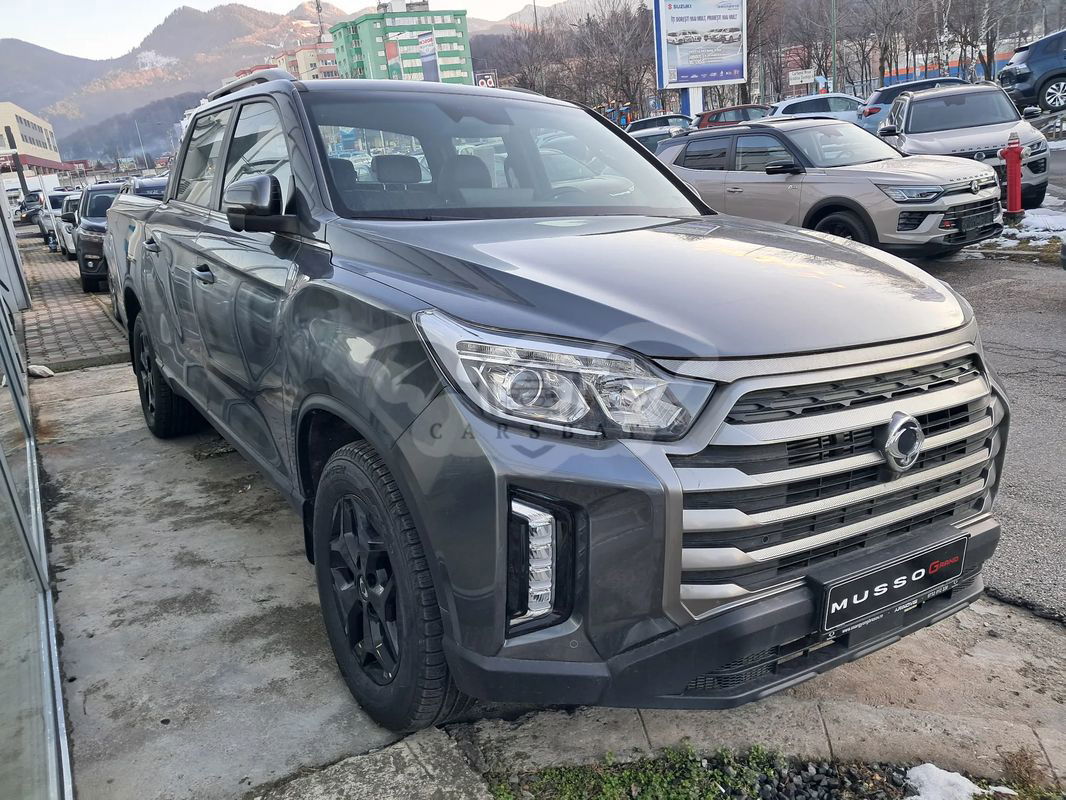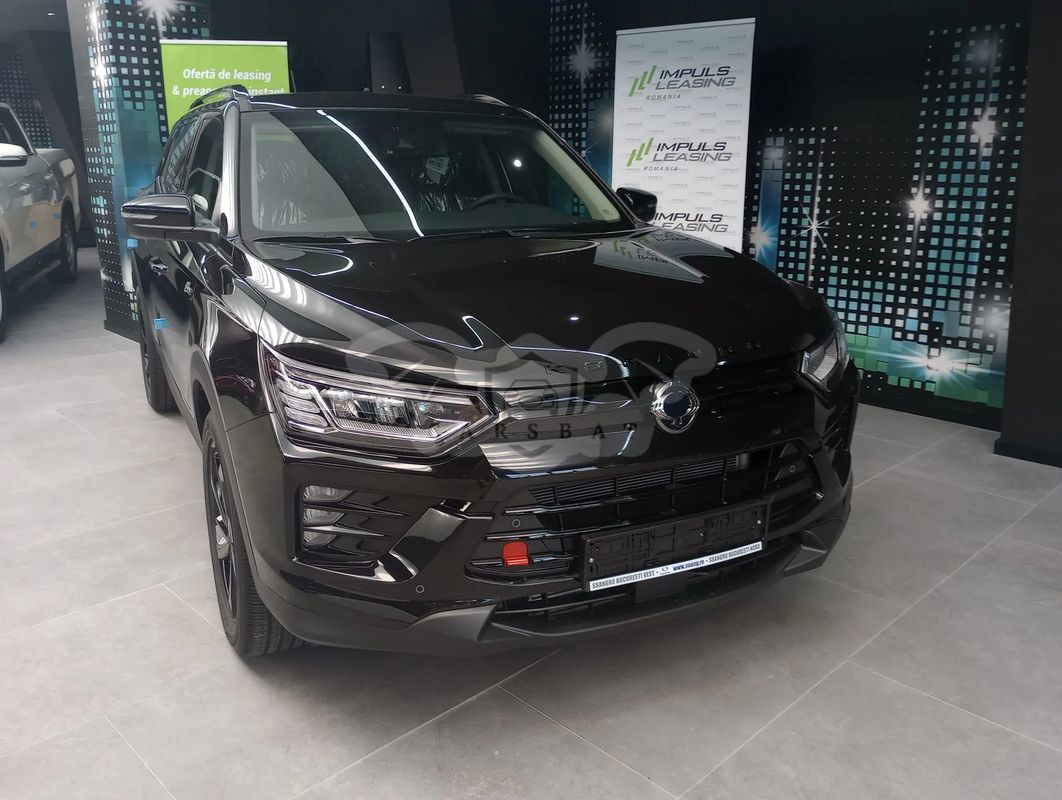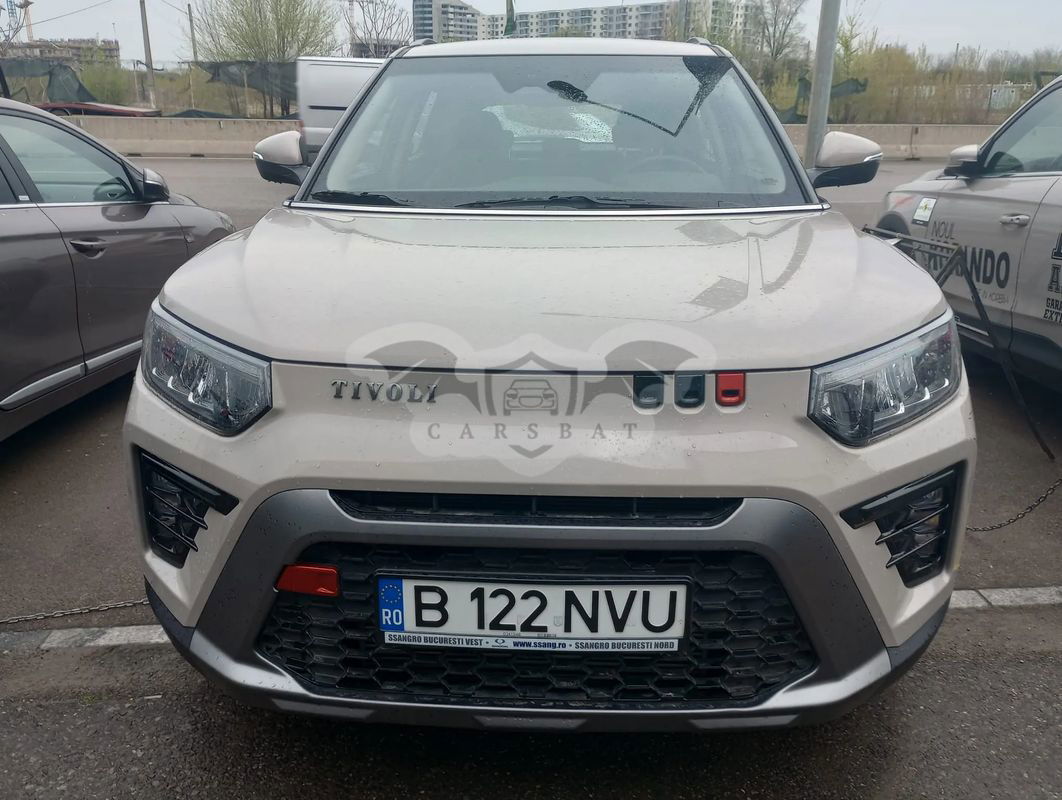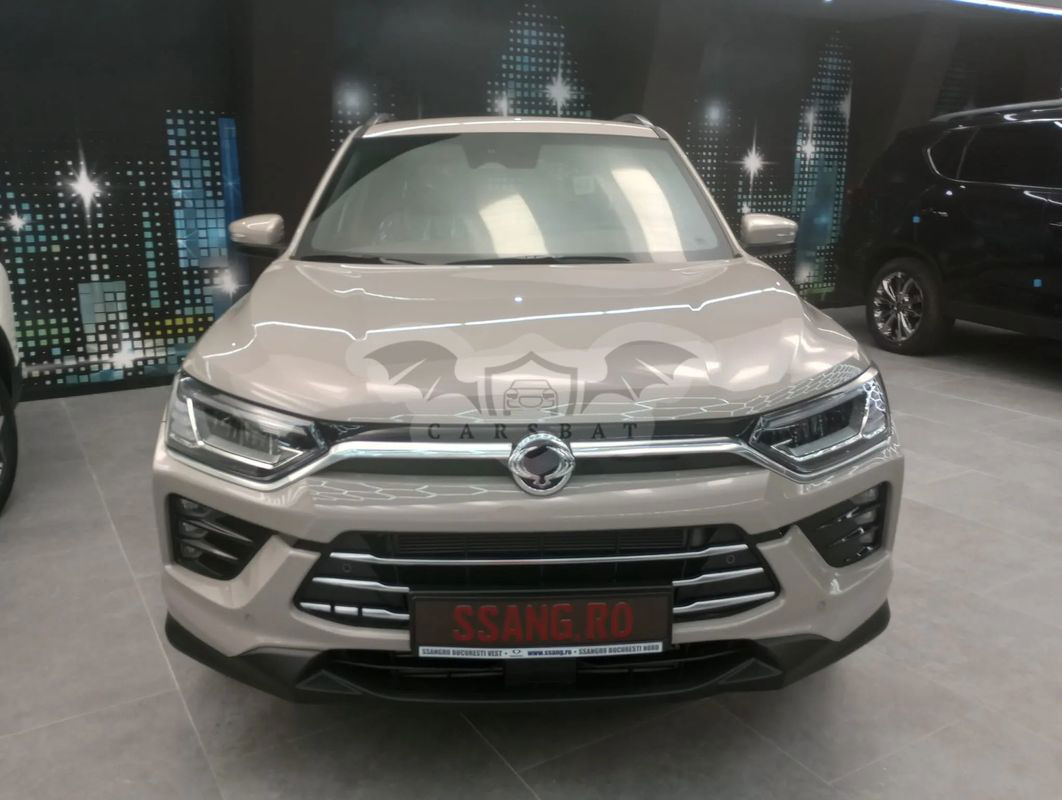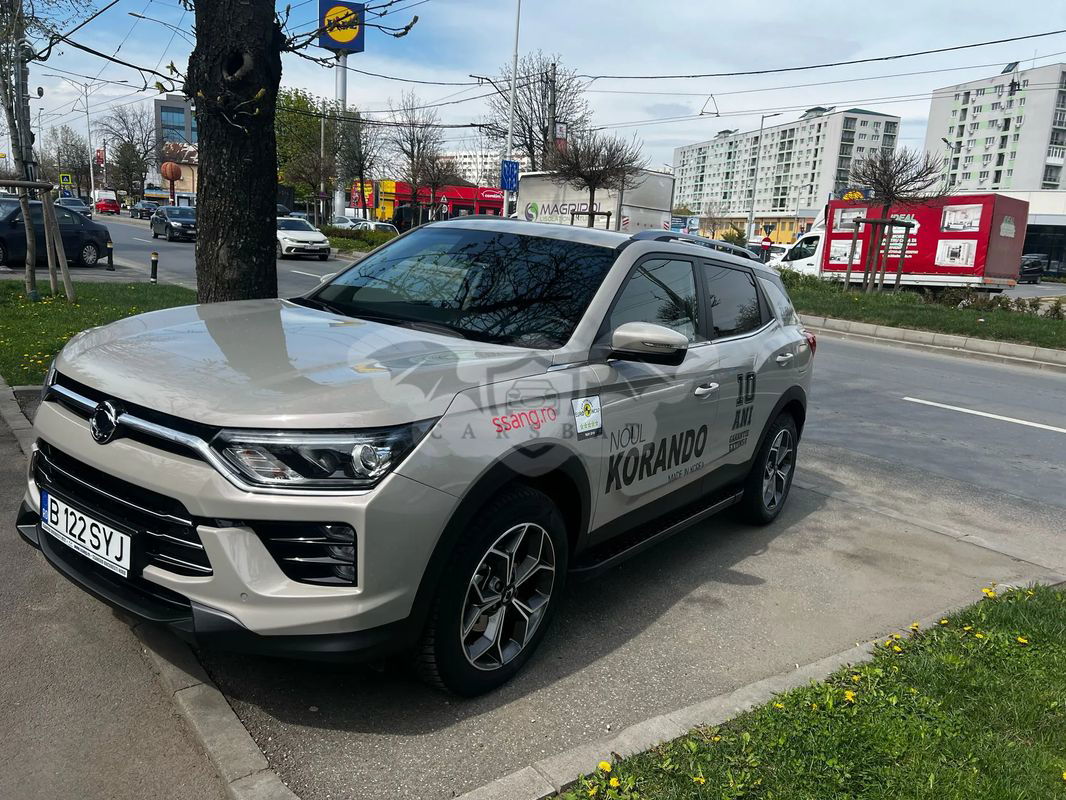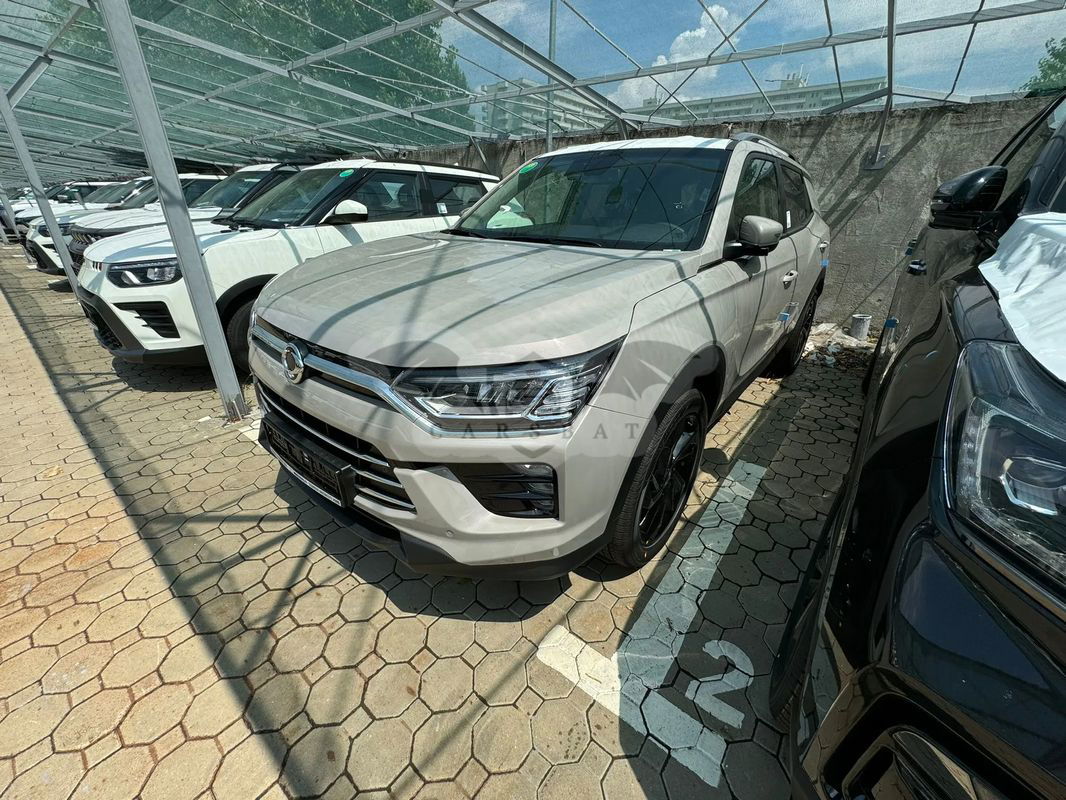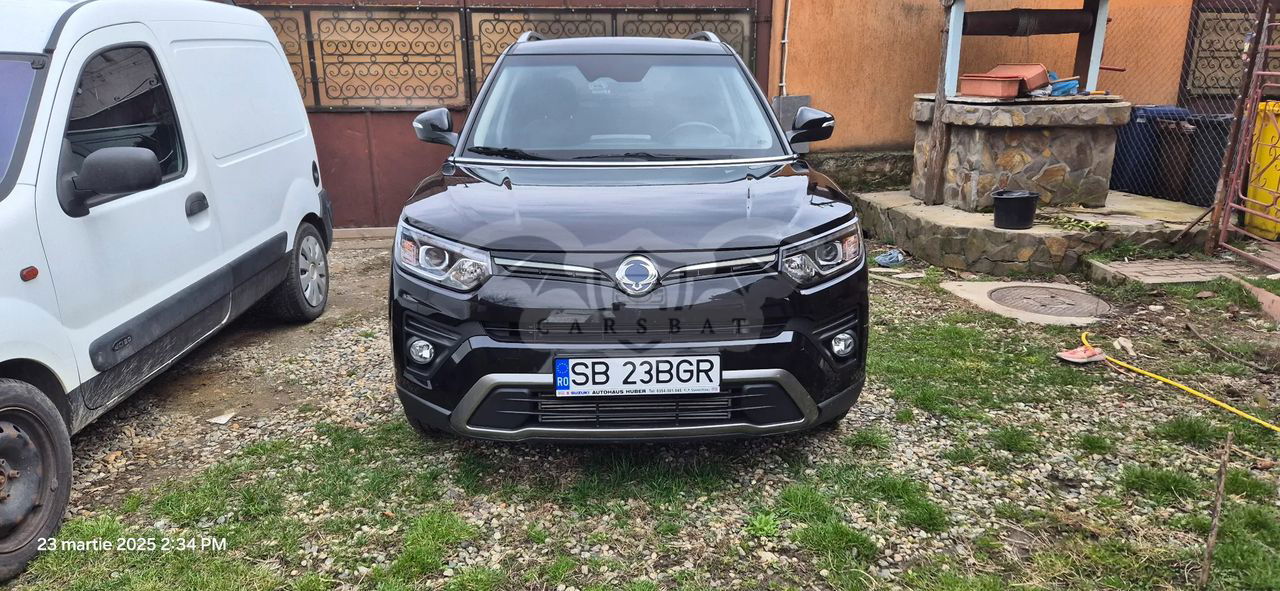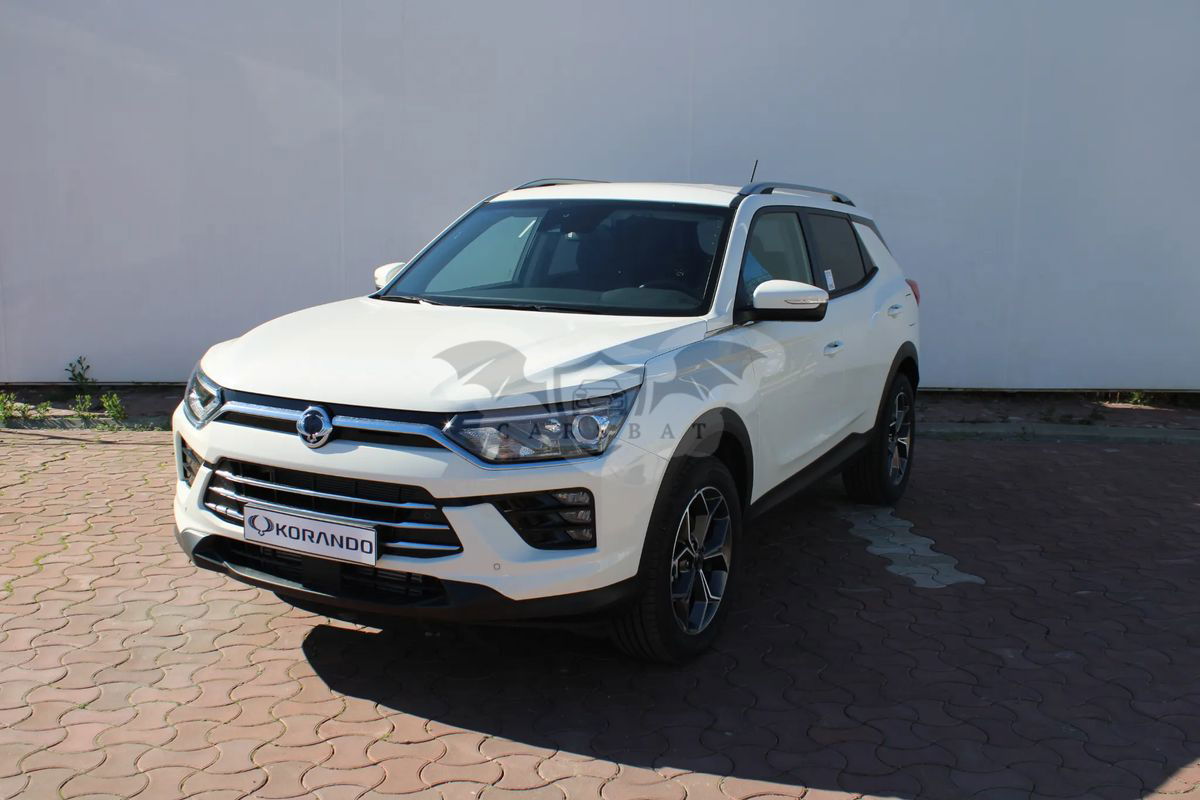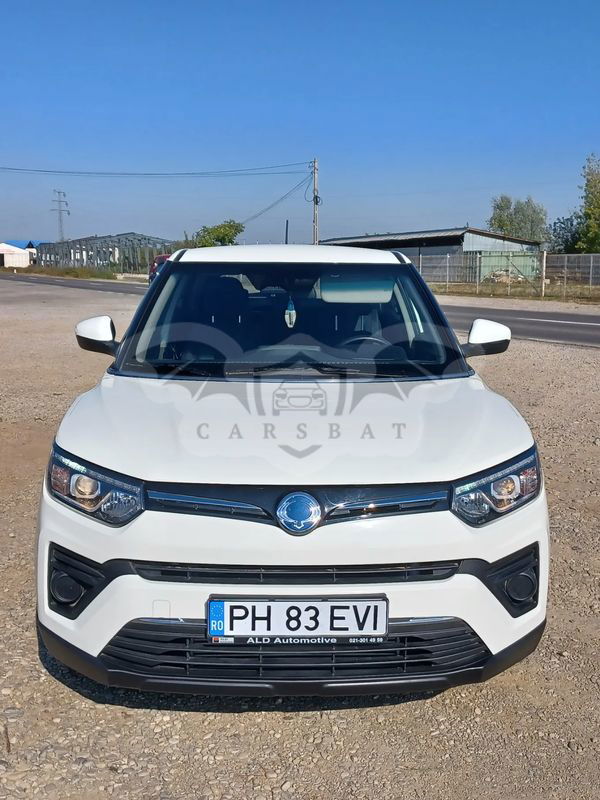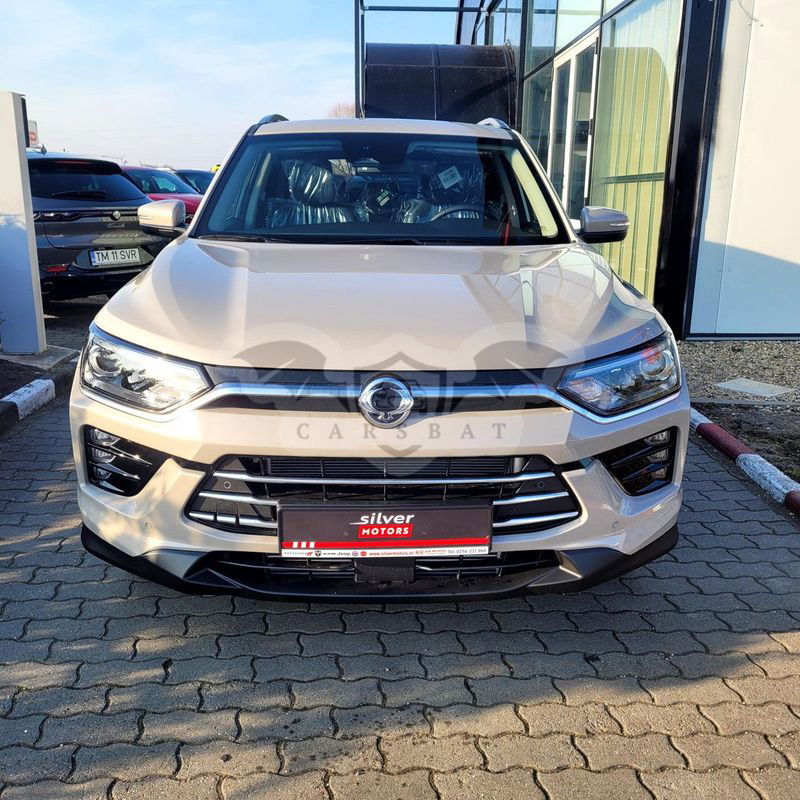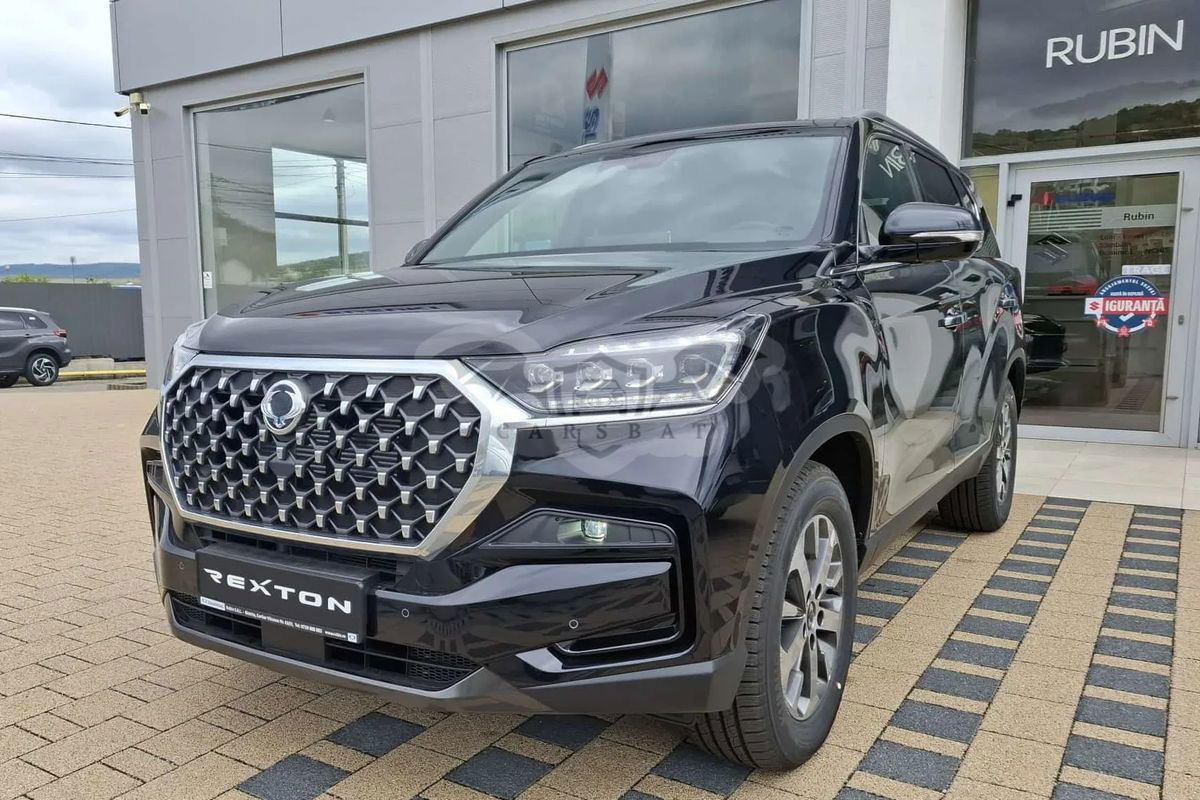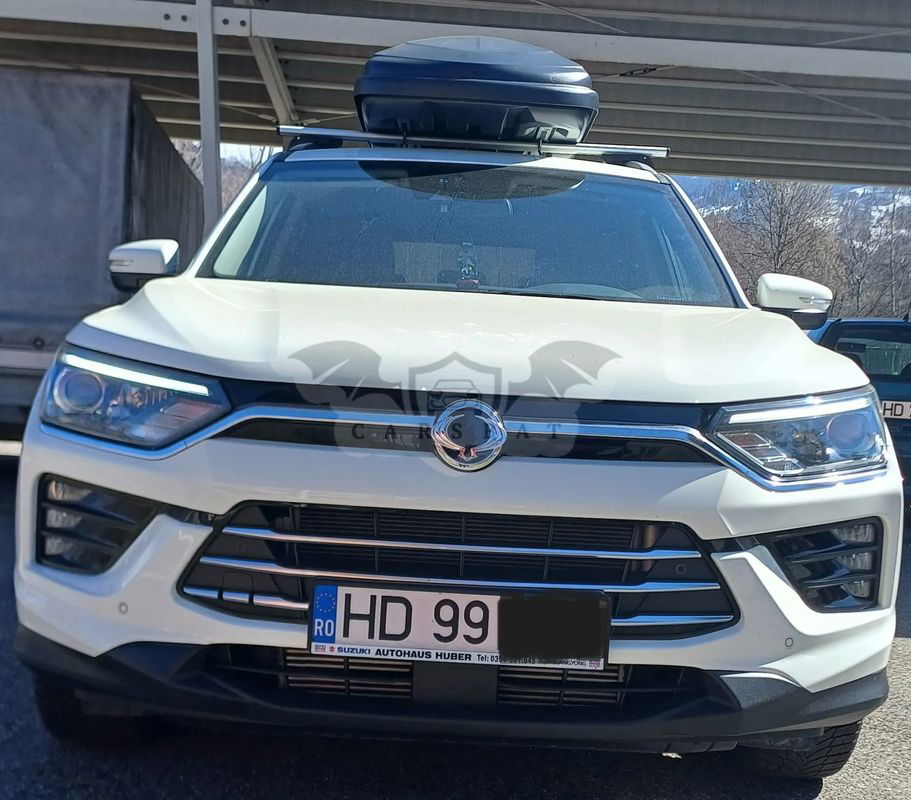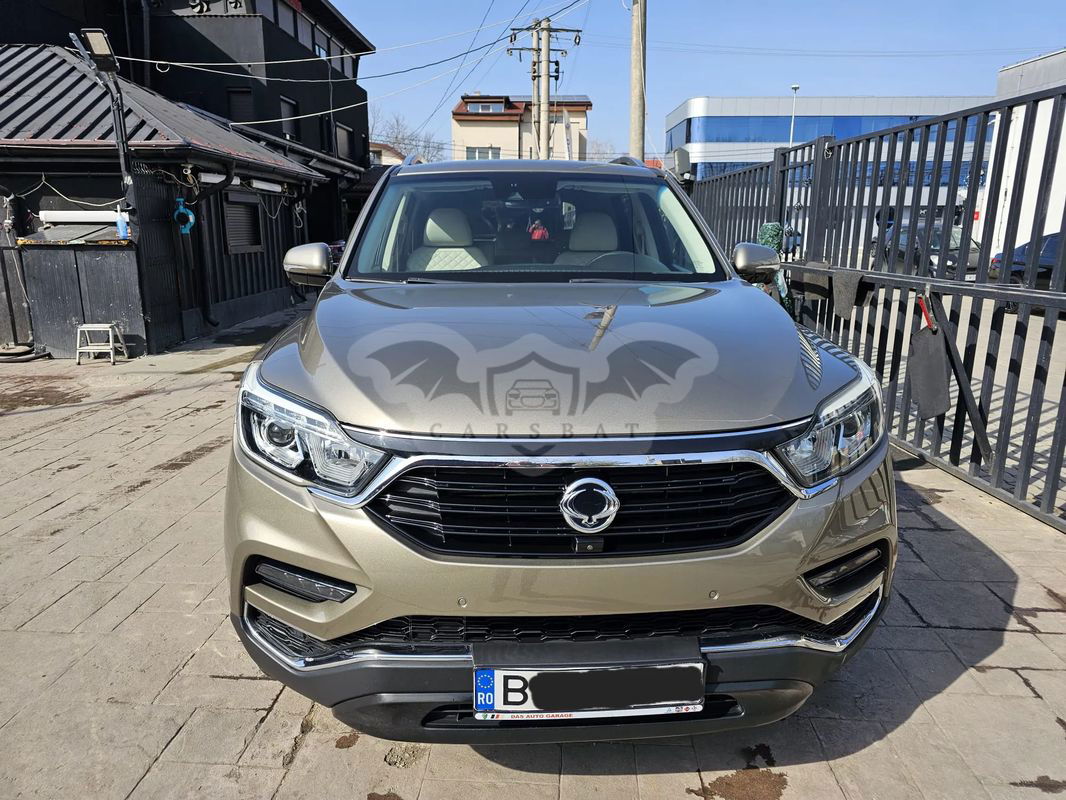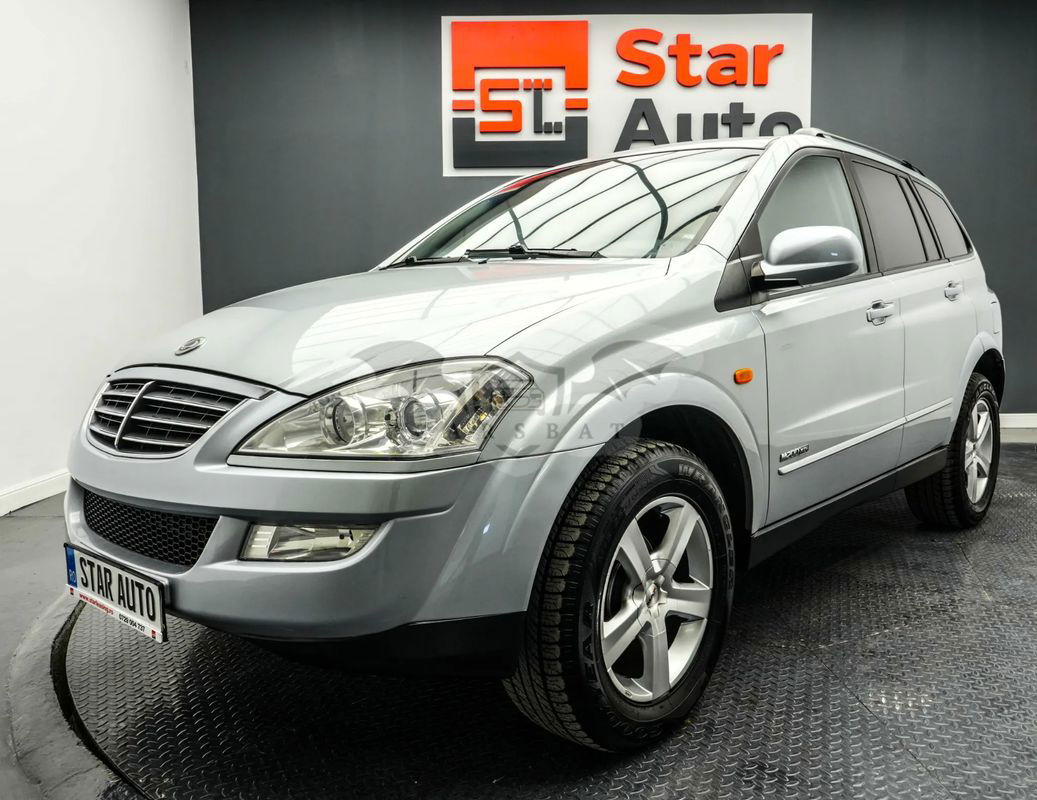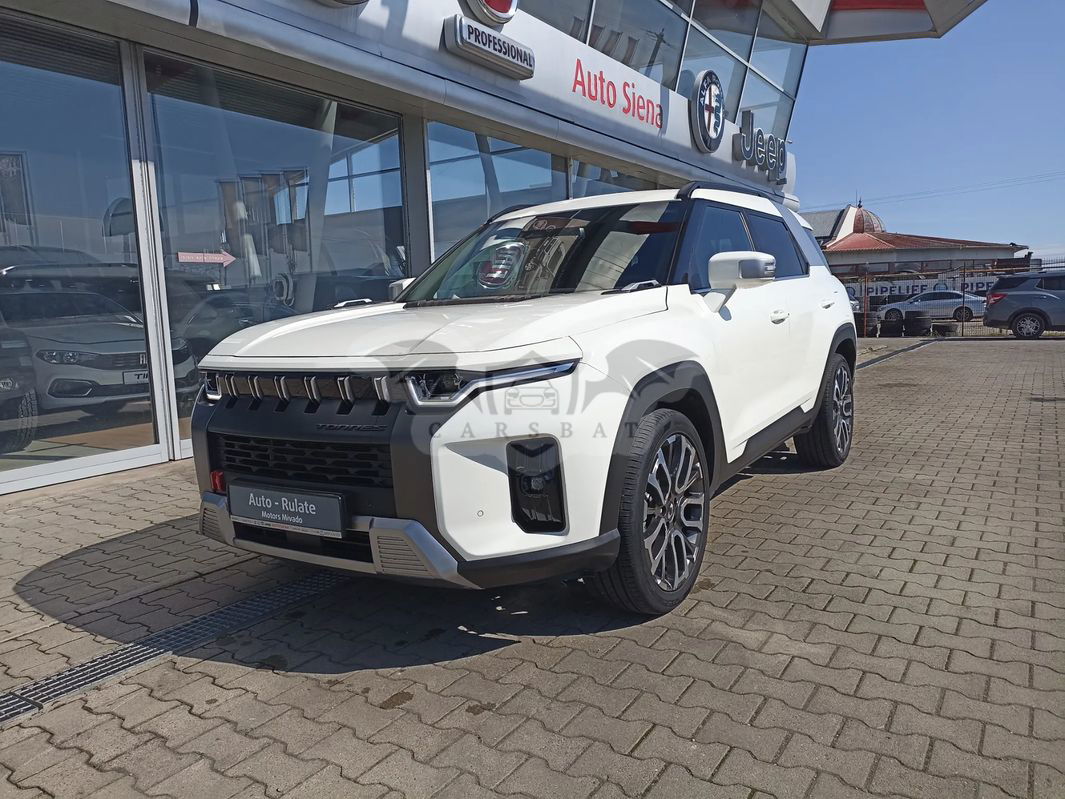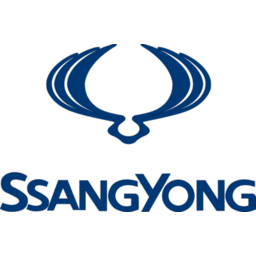
Catalog / Ssangyong
SsangYong: Korean Innovation in the Global Automotive Market
SsangYong Motor Company, a name that resonates with rugged reliability in the automotive world, has a rich history dating back to 1954. Originally established as Ha Dong-hwan Motor Workshop, the company underwent several transformations before emerging as SsangYong in 1988. The name 'SsangYong,' meaning 'double dragons' in Korean, symbolizes the company's aspiration for power and prosperity.
In its early years, SsangYong specialized in producing jeeps for the U.S. Army and trucks for commercial use. This expertise in robust vehicles would later become a hallmark of the brand. A significant milestone came in 1991 when SsangYong entered into a technology partnership with Mercedes-Benz, elevating its engineering capabilities and product quality.
The 1990s saw SsangYong expanding its product line with models that would become iconic for the brand. The Musso, launched in 1993, was a luxury SUV that showcased SsangYong's ability to combine ruggedness with comfort. This was followed by the Korando in 1996, which holds the distinction of being Korea's longest-running SUV model name.
SsangYong faced challenges in the early 2000s, including a period of ownership by SAIC Motor of China from 2004 to 2009. However, the company demonstrated resilience, bouncing back with innovative designs and improved technology. In 2011, Indian conglomerate Mahindra & Mahindra acquired a majority stake in SsangYong, injecting new life into the brand.
One of SsangYong's most notable achievements is its commitment to diesel engine technology. The company has been at the forefront of developing advanced diesel engines, including the XDi series, which has won acclaim for its efficiency and performance.
In recent years, SsangYong has been focusing on expanding its SUV and crossover lineup to meet global demand. Models like the Tivoli, launched in 2015, have been instrumental in introducing the brand to a younger demographic and new markets. The company has also been investing in electric vehicle technology, with plans to launch several electric models in the coming years.
Despite facing financial difficulties in 2020, which led to filing for bankruptcy protection, SsangYong has shown remarkable tenacity. In 2022, a consortium led by KG Group acquired SsangYong, opening a new chapter in the company's history.
Today, SsangYong continues to be known for its robust SUVs and pickup trucks, blending Korean engineering with a focus on practicality and value. As the automotive industry shifts towards electrification, SsangYong is poised to adapt, leveraging its heritage of building durable vehicles to create sustainable mobility solutions for the future.

